In this Video…
You’ll learn how to use technical analysis like a pro.
Specifically, you’ll learn a simple technical analysis so you can profit in bull and bear markets- even during a recession.
Video Transcript
Hey, hey! What’s up, my friend!
When I first started with technical analysis, this was how my charts looked like.
I had support resistance, trend line, trend channel, moving average, RSI, MACD, etc.
A lot of stuff on my chart.
Thinking I could make better predictions on the market but I was wrong.
Why is that?
When I have too many tools on the chart, I get a lot of conflicting information.
Example:
The chart pattern can say buy because it’s a breakout, but when I look at the indicator it tells me that the market is overbought and it’s a sell signal.
Should I follow the chart pattern or the indicator?
You can see where I’m coming from, I feel very conflicted, confused and, frustrated.
It took me a few years to figure out that technical analysis doesn’t have to be this confusing.
This is why in today’s training, you will discover:
- Where exactly on the charts do you buy or sell without second-guessing yourself.
- You will learn how to better time your entries and exits with precision.
- How to protect your account and maximize your profits
- A secret formula You can profit in Bull and Bear markets (and it works on stocks, forex, and crypto)
Then let’s get started!
Market Structure
The first part of this formula is what I call Market structure.
The concept is very simple.
What do you do in a given market condition?
If you think about this the market can only be in one of three market conditions either it’s in an uptrend, a downtrend, or range.
Uptrend Market
The market is said to be in an uptrend when you have a series of higher highs and higher lows. This is what I mean:
The market is heading up higher.
Let me ask you…
When you see the market in an uptrend, do you want to be a buyer or a seller?
It’s a logical question.
The answer is you want to be a buyer.
Because when the market is in an uptrend and you’re a buyer.
Your upside potential is a lot higher.
Look at the magnitude of the up move when the market is in an uptrend.
If you look at this:
When the market goes up. There is a huge upward movement
You can see the potential that the market would move in your favor when you are a buyer in an uptrend.
If you think about this if you are a seller.
The potential that the market would move in your favor is smaller. Here’s what I mean:
This is why in an uptrend, as much as possible you want to look for buying opportunities.
Downtrend Market
This is just the inverse.
In the downtrend, you’ll notice that the price makes a series of lower highs and lower highs.
Here is an example:
The market is heading down.
One thing about the market is that it doesn’t go down in one straight line.
It makes a pullback and goes down lower.
In a downtrend you want to be a buyer or seller?
You should be a buyer… Just kidding!
You should be a seller.
I look for selling opportunities because again the concept is the same if you are selling in the downtrend look at the profit potential.
This is the amount of profit potential that you could get towards the downside.
This is the magnitude of the move that you can expect compared to buying in a downtrend.
You look at the profit potential if you’re a buyer in the downtrend:
This is the move that you could get.
The move is a lot smaller compared to the downward momentum.
Range Market
This is when the market is just contained between the highs and lows.
This is what I mean:
Let me tell you a secret…
When the market is in a range, I don’t just randomly buy the lows of support or sell the highs of resistance.
In other words, I don’t simply blindly buy or sell over here:
What I do is that…
I still will take a direction when the market is in the range.
Sometimes, I might look to buy at support in the range market and sometimes I would prefer to sell at resistance in a range market.
I’ll explain to you shortly why I have this particular habit and you’ll discover why.
You have to be adaptable and flexible.
The Market structure will give you a framework to know when to buy when to sell and maybe even when to stay out of the markets.
Area of Value
Uptrend
Where on the chart do you buy or sell?
You can use a very powerful technique or concept called support and resistance.
Let me explain…
Support is an area on the chart where buyers could come in and push the price up.
Resistance is an area on the chart where sellers could come in and push the price down.
Here is an example:
The market is in an uptrend.
Where on this chart should we look for buying opportunities?
Where is support on this chart?
If you look at this here, how would I draw support?
I would look for areas on the chart where the price bounces off higher.
The more significant the level, the more attention I want to pay attention to it. Here’s an example:
I noticed that the market has bounced off support twice.
This is an area of support that I want to pay attention to.
Moving on…
Notice here how the price bounced off higher from this low to where it is currently.
What I will do is draw the area of support.
One thing about drawing support and resistance is that you don’t need too many lines on your chart.
When you draw support and resistance pay attention to the two most recent areas.
The most significant ones.
Downtrend
In the downtrend, we want to look for selling opportunities.
Let’s find the two most recent areas on the chart where the price has come lower.
Whenever the price breaks below support it could become resistance.
Let’s say this was the previous area of resistance price breaks out of resistance it could now become support and hit up higher from here:
Now you have highlighted the most recent areas, where do you look for selling opportunities?
Entry Trigger
This answers the question.
When exactly do you want to buy or sell?
This is where Candlestick patterns are really useful.
I’ll share with you two popular ones, very useful ones that will help you in your trading.
The hammer and the shooting star pattern.
Hammer
This tells you that in the early part of the day, the buyers were overwhelmed by the sellers, but they found the strength and the courage to push the market in the opposite direction.
When you see a hammer, it doesn’t mean that you blindly hit the buy button.
You also have to look at other factors like the market structure, area of value, etc.
Once you have all those there and you see a hammer that tells you…
“Hey! it’s a time”
You could enter the trade on the next candle open.
Shooting Star
When you see a shooting star pattern. This is like the inverse.
The buyers were in control early part of the day and then the sellers finally said…
“That’s enough”
Then it pushed the price down lower and finally closed near the lows of the day.
These two are very useful entry triggers to help you time your entry to know when exactly to buy or when to sell.
The False Break Setup
This is not a candlestick pattern but it’s a price pattern.
The price comes down to support it bounced up higher they came back down for a second time.
A false break means the price break below support and the next thing the market quickly reverses back above support.
This is what I call a false break.
This is a very useful entry trigger to time your entry to go long.
Exit
When it comes to exit, there are two questions we are trying to answer over here:
Exit where you’re wrong (stop loss)
I have a very simple principle.
Your stop-loss must be at a location where if the price reaches it, it will invalidate your entire trading setup.
Where exactly do you set your stop loss?
I recommend you set it away from an area of value or price structure.
Whenever you set your stop loss you want to set it at a level where the market will invalidate your trading setup.
Exit where you’re right (Target profit)
There are different ways to do it.
You can capture a swing, ride the trend, and more, but for now, we will keep things simple.
Example:
The market is in a range.
The price goes up and down
Let’s say you buy at support. where on this chart do the sellers come in and push the price lower?
The sellers come in as the area of resistance
It’s a good level to set your take profit level before the area of resistance.
Because if the price goes up coming to the resistance, you take profit great…
What could happen is that the price comes into resistance and then quickly reverses down lower.
If you set your take profit level above the resistance, you’re making the market work hard for you.
Making the market break out of resistance to reach your target and if you were to make the market work hard for you, you would pay the price.
As much as possible the market is the big boy.
Follow the clues that are being left behind by the market don’t try to push your luck but rather respect the market respect the price structure.
If you know that this is an area where sellers might come in then be conservative and set your take profit level, just before that area of resistance.
This will increase your odds of exiting your trade with a profit.
These are two very simple guidelines that you want to take into account when setting your stop loss and target profit.
Now I’ve shared with you the entire formula.
If you realize it’s what I call the “MAEE formula”
Trading Examples
Let’s walk you through a few examples using the MAEE formula that you’ve just learned.
Also, along the way I’ll share with you some advanced price action trading tips to help you better time your entries and exits.
The first part of the MAEE formula,
Market Structure
What is the market structure based on the chart that you are seeing now?
Did I hear uptrend?
Well done.
The first thing we have is the market is in an uptrend.
Area of Value
If the market is in an uptrend we are looking to buy at an area of value and in this case, it would be an area of support.
As you can see over here the price came into support and then over here and had a nice-looking reversal candlestick pattern:
I won’t call this a hammer I think it’s more of a false break.
Earlier you learned that one of the entry triggers is a false break where the price takes out the lows and quickly reverses above support.
This is a classic example of a false break.
In this case, you can enter on the next candle open and set your stop loss a distance below the low.
For the stop loss, I use the ATR.
ATR stands for average true range and it measures the historical volatility of the currency pair.
Entry
What about entry?
You can look to enter on the next candle open.
Let’s see what happens the next day.
The market opens pretty where it closed over here:
This is your entry price.
Exits
Ideally, we want to exit our trade before these highs before selling pressure comes in and pushes the price down.
What we can do is we can set our target profit somewhere about here:
I don’t set it at the extreme highs because it may not get to the extreme price.
Let’s see what happens next…
The market gets filled and gets us into the trade and then it moves up against us.
At this point, you will notice that your open profits have evaporated and now probably sitting in red.
Many traders will be tempted to just take the loss and move on and prevent further damage.
But think about this you’ve set your entry, stop loss, and target.
They are all planned ahead of time.
Your stop loss is at a logical level.
This is where you’re giving your trade enough breathing room to breathe because the price could retest support and then go up higher.
You don’t want to have a stop loss being too tight because you could get stopped out prematurely.
Let the trade do its thing.
Your stop loss is already pre-planned ahead of time.
Follow the plan and let the market do what it needs to do.
Let’s see what happens…
In this case or you can see shortly afterward you would have exited this trade for a profit.
That’s pretty much how the MAEE formula works.
How To Capture Explosive Moves
Range Market
At this point, this market seems to be in a range.
Earlier if you recall at an earlier part of this training, I mentioned that when the market is in a range, I still tend to have a directional bias.
Sometimes I want to buy only at support or sometimes only to sell at resistance.
The question is…
How do I decide when the market is in a range do we buy at support or sell at resistance?
That’s what we’re going to cover.
If you look at this market at this point what I want you to do is to go up to a higher time frame and see what the market is doing.
If this is the H8 timeframe, I’m going up to the daily time frame:
As you can see, in the daily timeframe, this market is in a long-term uptrend.
This means on the lower time frame if the market is in a range as much as possible, I want to be a buyer.
I want to buy at support because I know that the market is in a long-term uptrend and because you’re buying at support and the market is in a long-term uptrend the chance of the market breaking out of resistance is higher.
Let’s get back to the H8 timeframe charts.
The same thing applies, the market is in a range and we look to identify the area of support that we want to trade from.
The next thing is to wait for the price to come into support.
In this case, the market has come into support.
The next candle breaks below support:
At this point, many traders would think…
“Now the support is going to break down, let’s short this market”
What happens next?
We can see that the market then shows a sign of reversal and this is what we call a false break:
It’s a valid false break as the price took out the lows and then quickly reversed and closed back above support.
Traders who are familiar with candlestick patterns might call this a bullish engulfing pattern and that’s fair enough.
Because the candle has engulfed the prior candle (the red candle).
What you can do is go long on the next candle open.
Let’s see what happens next…
For your stop loss, I’m not going to do the 1 ATR calculation because you should be familiar with that.
Your stop loss should be somewhere about here:
What about your targets?
The higher timeframe is in an uptrend.
How can you take advantage of it? You can use a similar principle that you have learned earlier.
You want to exit your trade before opposing pressure steps in:
We use a Fibonacci extension to project where the move might end.
But I want to share with you another technique.
Trailing Your Stop Loss
This is very useful because as you’ve seen on the daily time frame, this market is in an uptrend:
You can imagine that there’s a lot of profit potential towards the upside.
How can we capture this trend?
What you can do is to use a trailing stop loss.
There are many ways to trail your stop loss.
One approach you can use is the moving average.
Let’s see what happens in the H8 timeframe:
You can see that the market quickly hits our first target.
At this point, your first target is met.
Let’s say you have sold half your position at this first target: you have the remaining half of your position still on.
How can you manage the trade on the remaining half of your position?
For simplicity’s sake,
Let’s say you bought 10,000 units of USD/CNY, you sell 5,000 units at these highs:
You take profits.
What’s left over here is now 5,000 units of the currency pair.
How can you manage this trade on the remaining 5000 units that you’re long?
What you can do is to trail your stop loss.
You can do something like the 50-period moving average if the trend is in a medium-term trend:
The way to trail a stop loss is that you will hold the remaining position that you have until the market breaks and close breaks and closes below this 50-period moving average.
If the market continues higher, the moving average will continue higher along with it.
You will exit the trade only when the market breaks and closes below the 50-period moving average.
Finally:
It has now finally broken and closed below the 50-period moving average and this is where we exit the final portion of the second half of our portion of our trade.
You can see that if you follow this trend, the profit potential on this trade is going to be very attractive.
What I would like to let you know is…
When you trade, you will have winners and losers along the way.
I want to be honest about this upfront, the MAEE formula is not the Holy Grail.
Manage your expectations hopefully by sharing losers with you would go out there to trade markets hopefully on the demo or a small account to manage expectations to know that there will be losers.
Plenty of losers that will come your way.
Stacked Areas Concept
This is where multiple areas of value come together and increase the odds of the price reversing in that area.
What is this market structure?
The market is in an uptrend.
The next thing you want to do is to identify the area of value.
Another way to define your area of value is by using the moving average:
This is the 50-period moving average.
You can see that the 50-period moving average for this market timeframe is significant.
The price tested it several times:
What is interesting is that the moving average coincides with the area of value and the area of support that we have drawn earlier:
This is what I call a “stack area of value”
This is significant.
Because we have multiple areas of value coming together and that increases the odds of a reversal in this area.
This is an area that I want to pay close attention to.
My style is not just blindly jumping into it.
I still want to wait for a valid entry trigger to go long.
What I would look for at least in this case is for the price to hit down lower, and then give me a bounce up:
The price comes back the second time and breaks below this low but can’t and then breaks it and reverses up and closes back above support.
My first possible target could be either before the recent swing high or the further swing high above.
That would be my game plan to trade this pair.
Conclusion
Technical analysis can have a lot of pitfalls when learning how to master it.
But the good news is that in this guide…
I’ve shown you which concepts helped me in my trading journey.
Nonetheless, here’s what you’ve learned today:
- Learning how to identify market structures in trending and ranging markets is the most crucial skill to learn on seeing the charts clearly
- The area of value is the best place on your chart to enter the best trading setups as well as the best take profit points, whether it be on trending and ranging markets
- Combining candlestick patterns with it having at an area of value as an entry trigger is a way to set yourself a high-probability trade
- Using the MAEE formula is a proven process to plan and execute your trades from start to finish
- One way to capture explosive setups is to time your trades on the lower timeframe and then manage your trade on the higher timeframe
- Finding setups where both the horizontal and dynamic area of value coincide with the setup are high-probability setups to keep in your trading arsenal
What a jam-packed guide, am I right?
So now, here’s what I want to know…
What are some of the concepts I’ve shared with you today are new to you?
Will you decide to try out some of them?
If not, which concepts have you already tried and has worked for you?
Share your thoughts in the comments below!


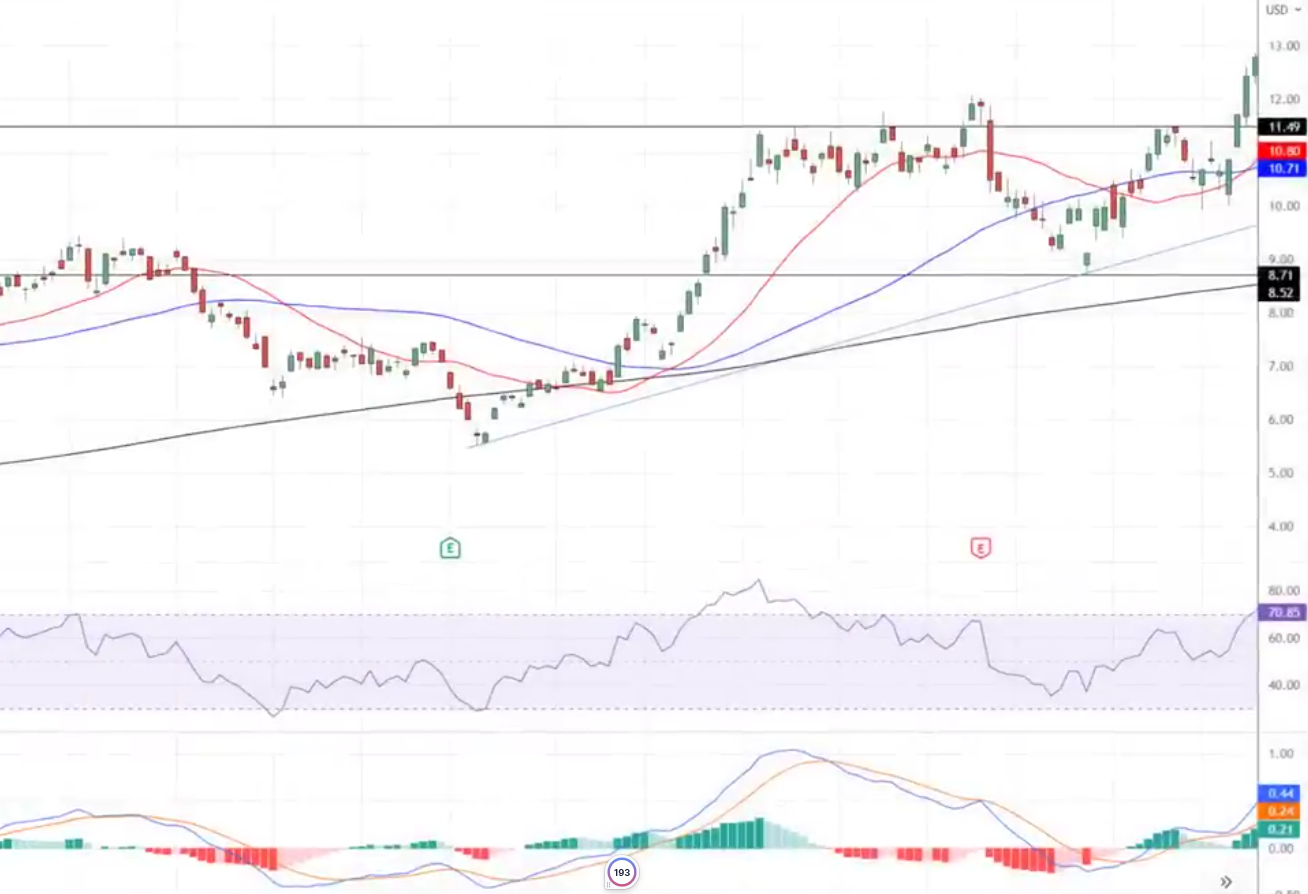
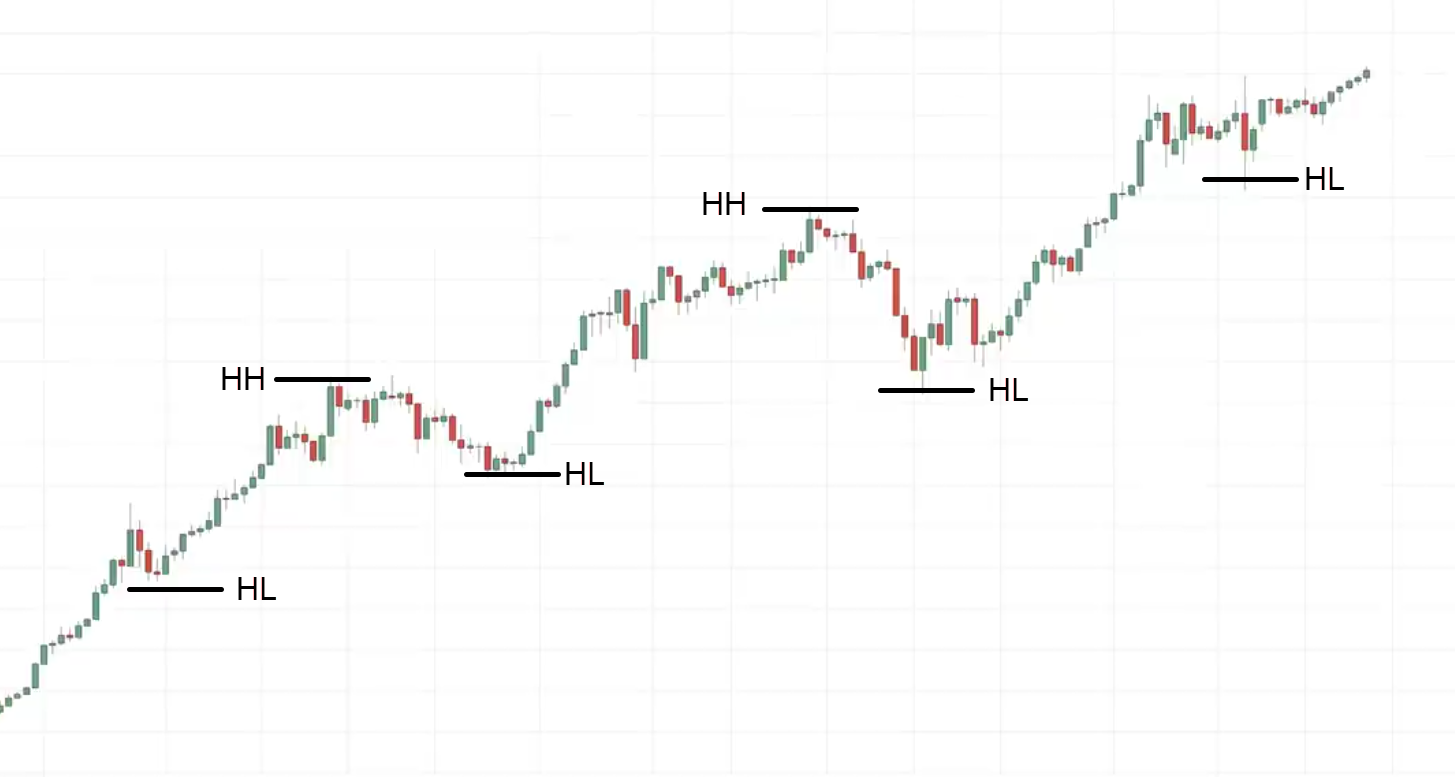
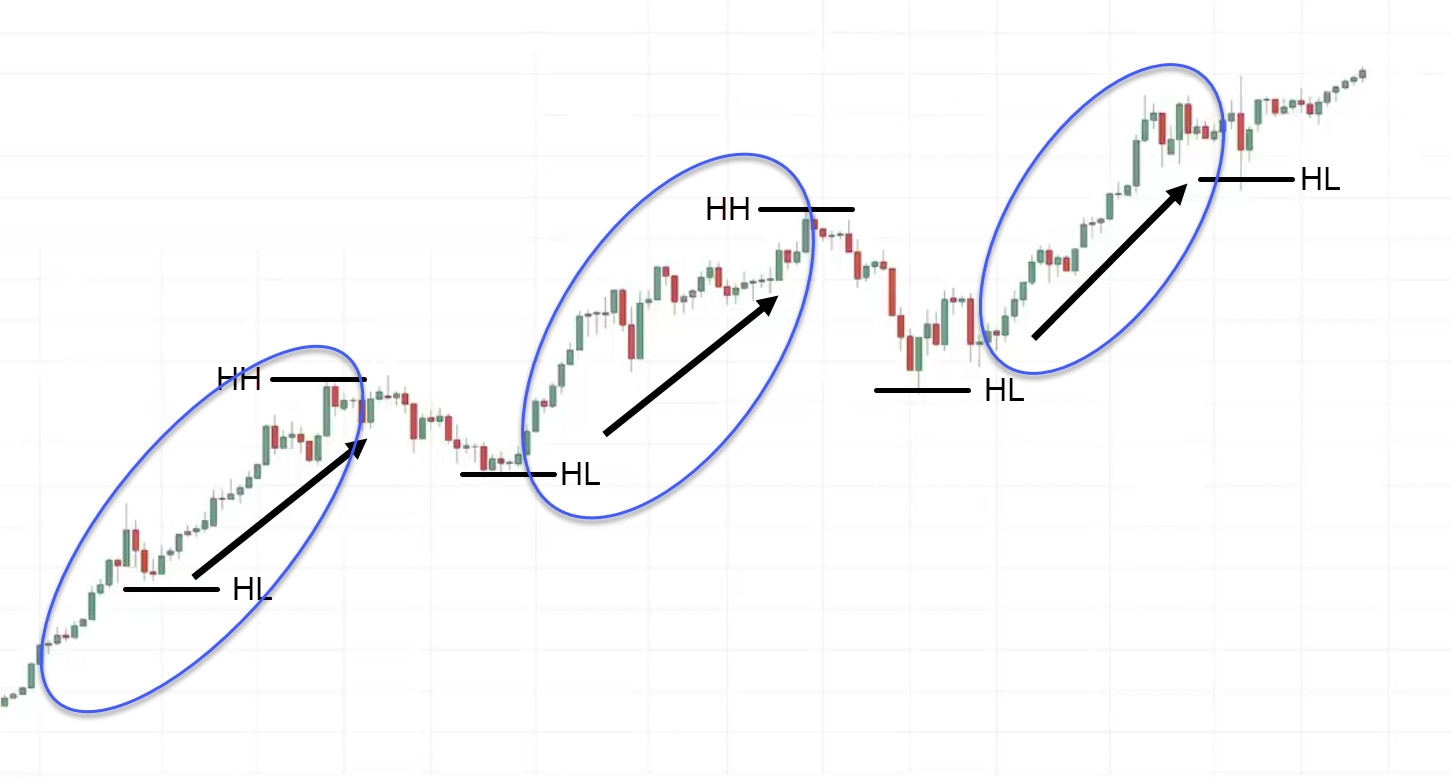
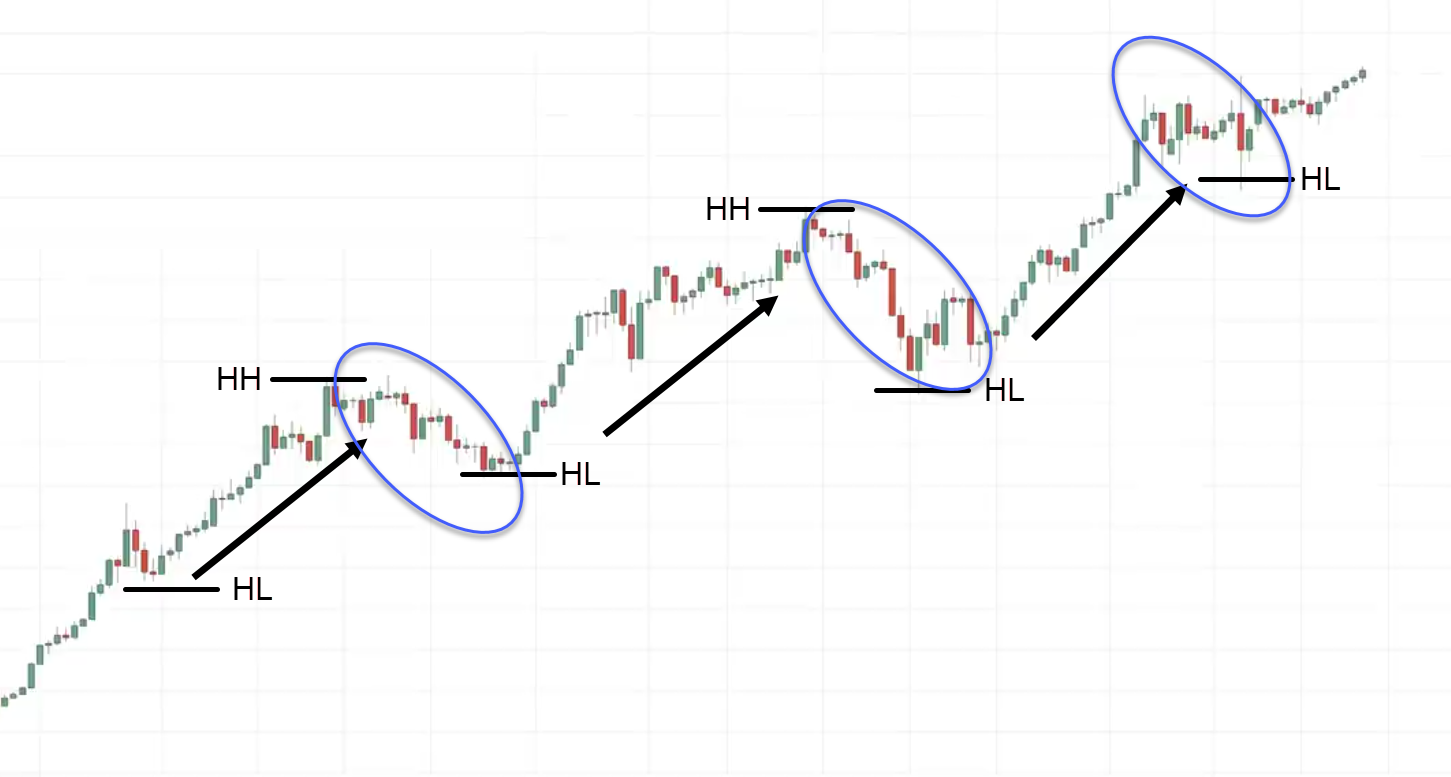
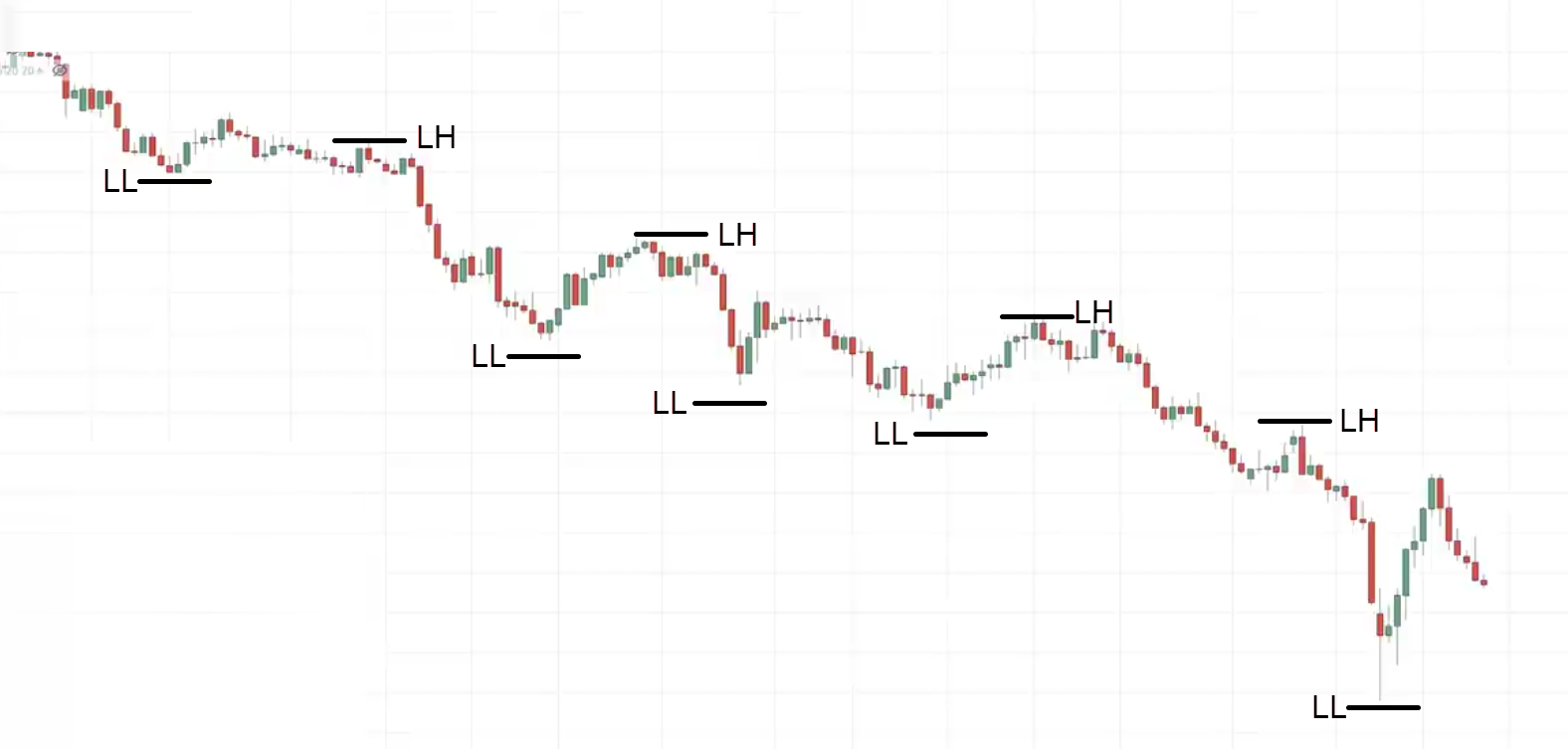
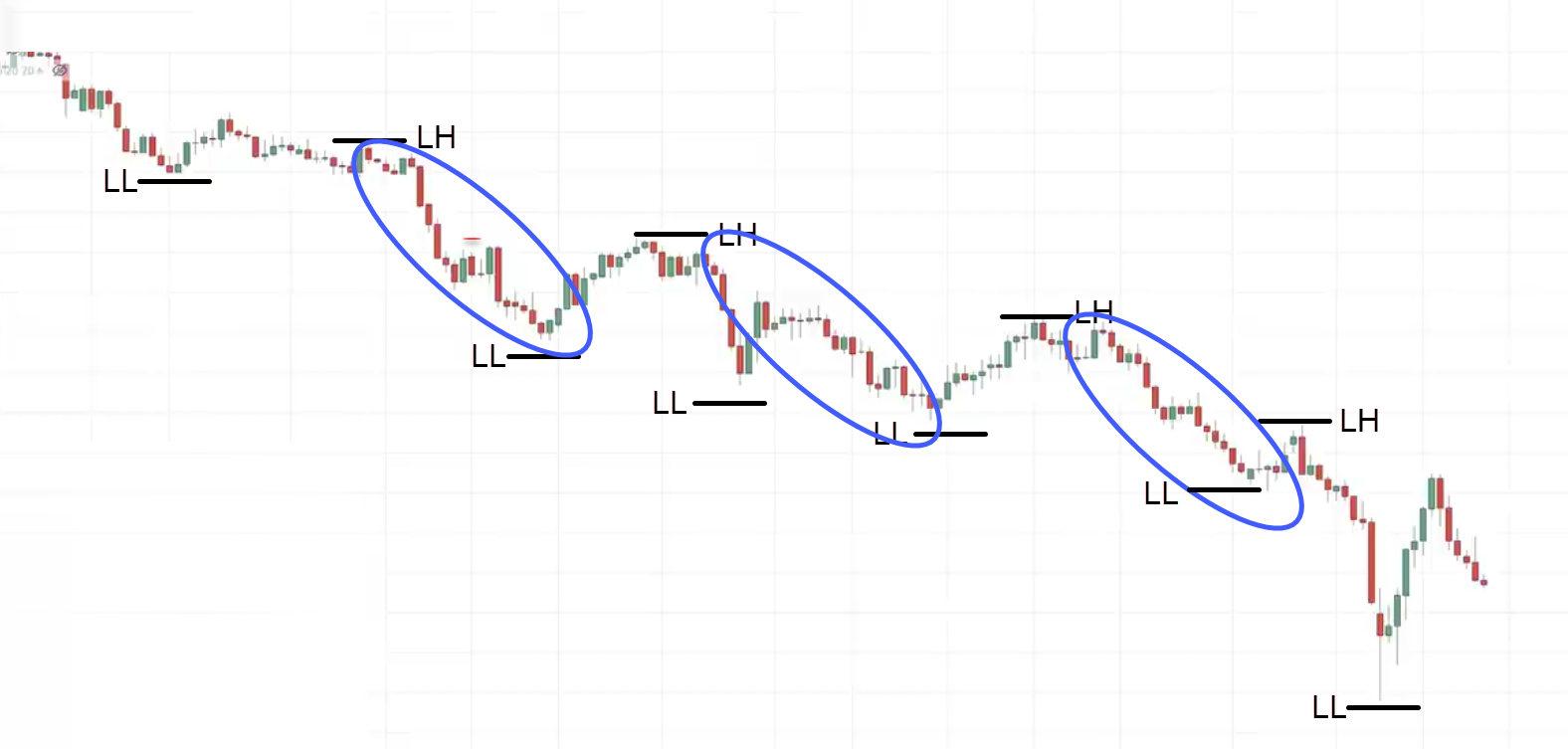
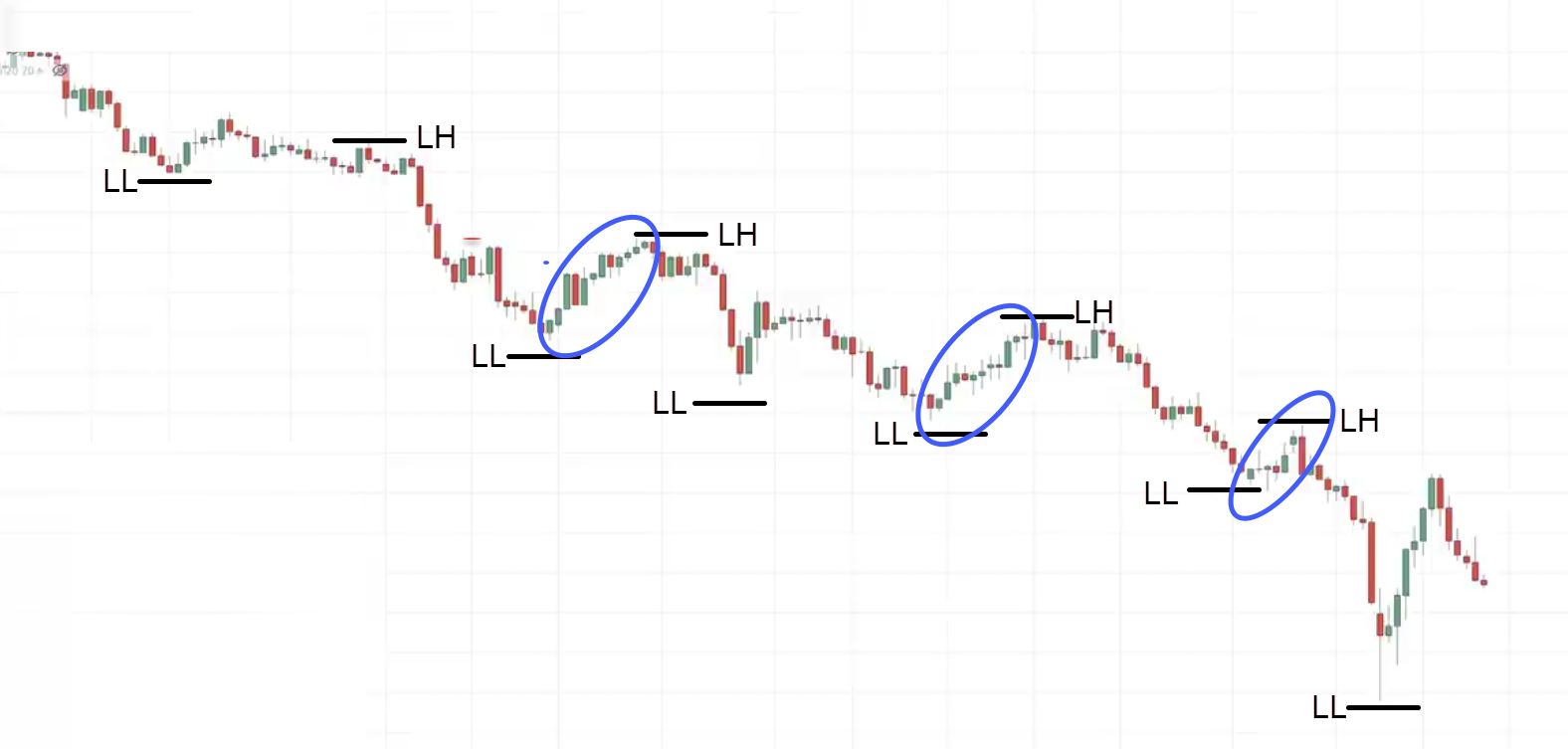
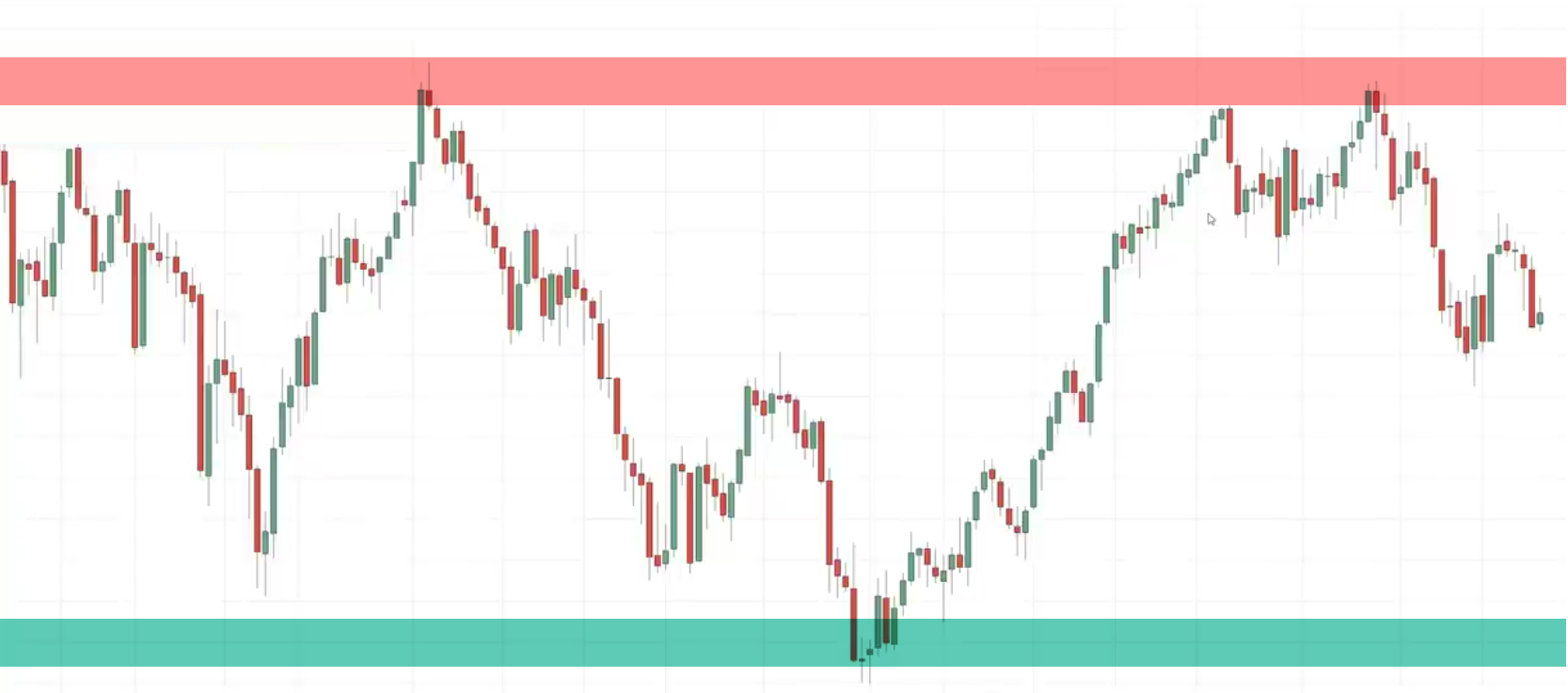
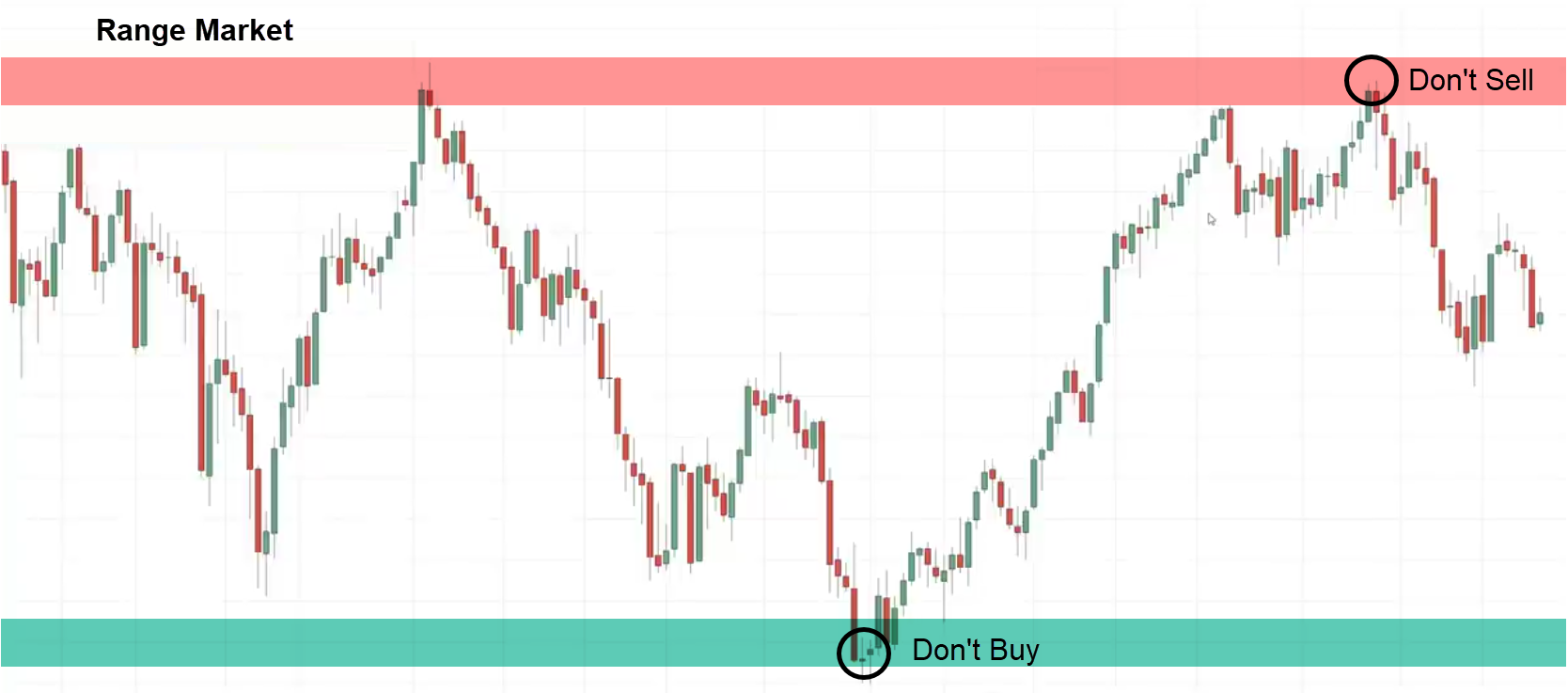
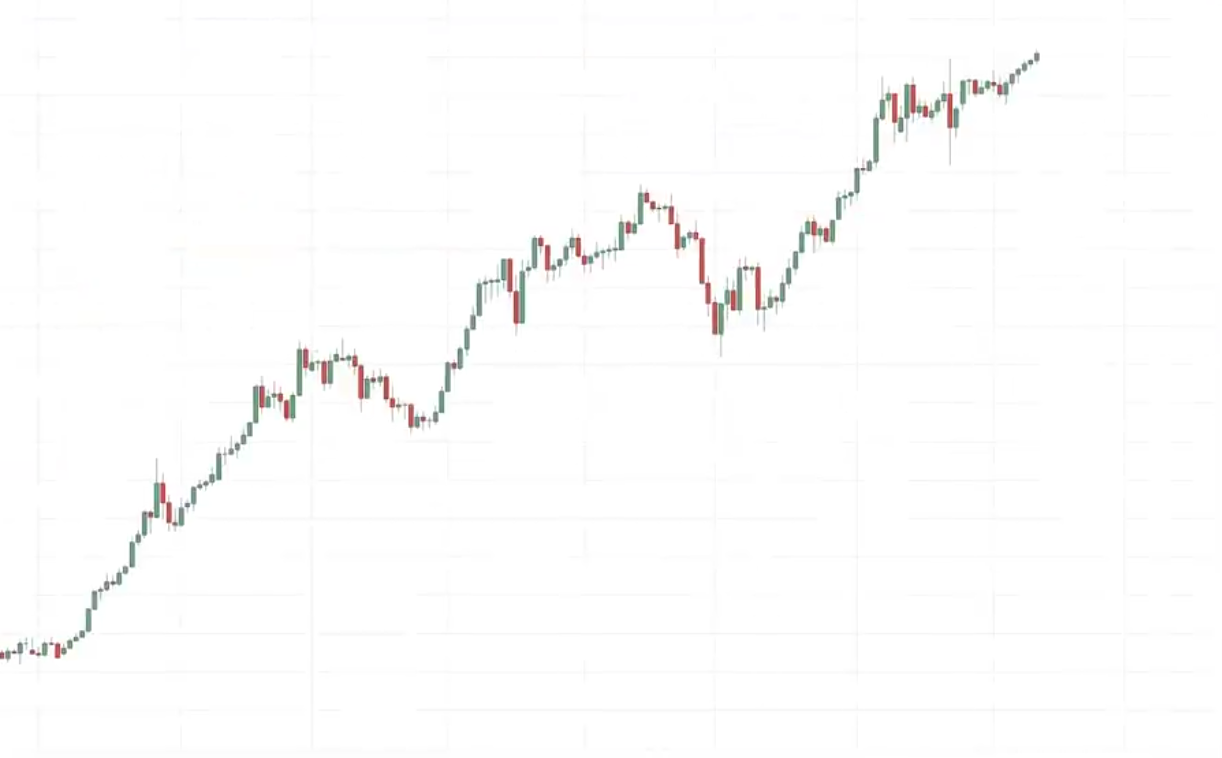
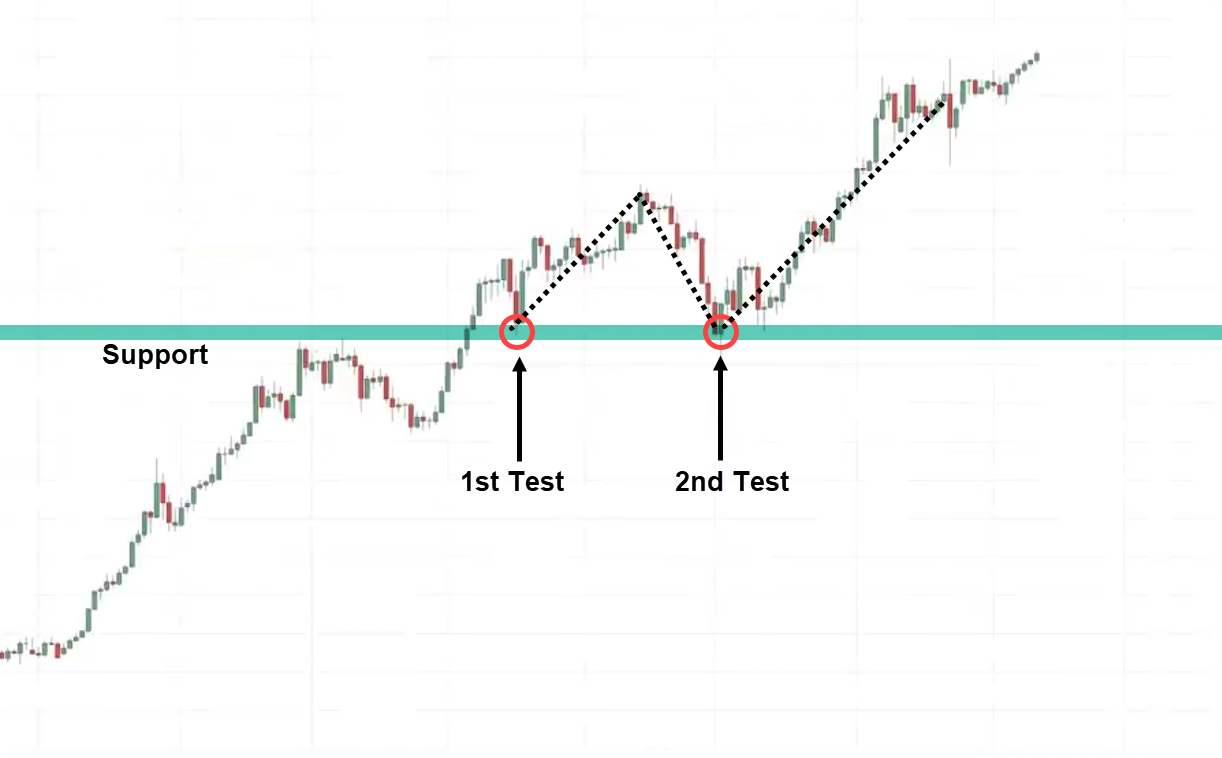
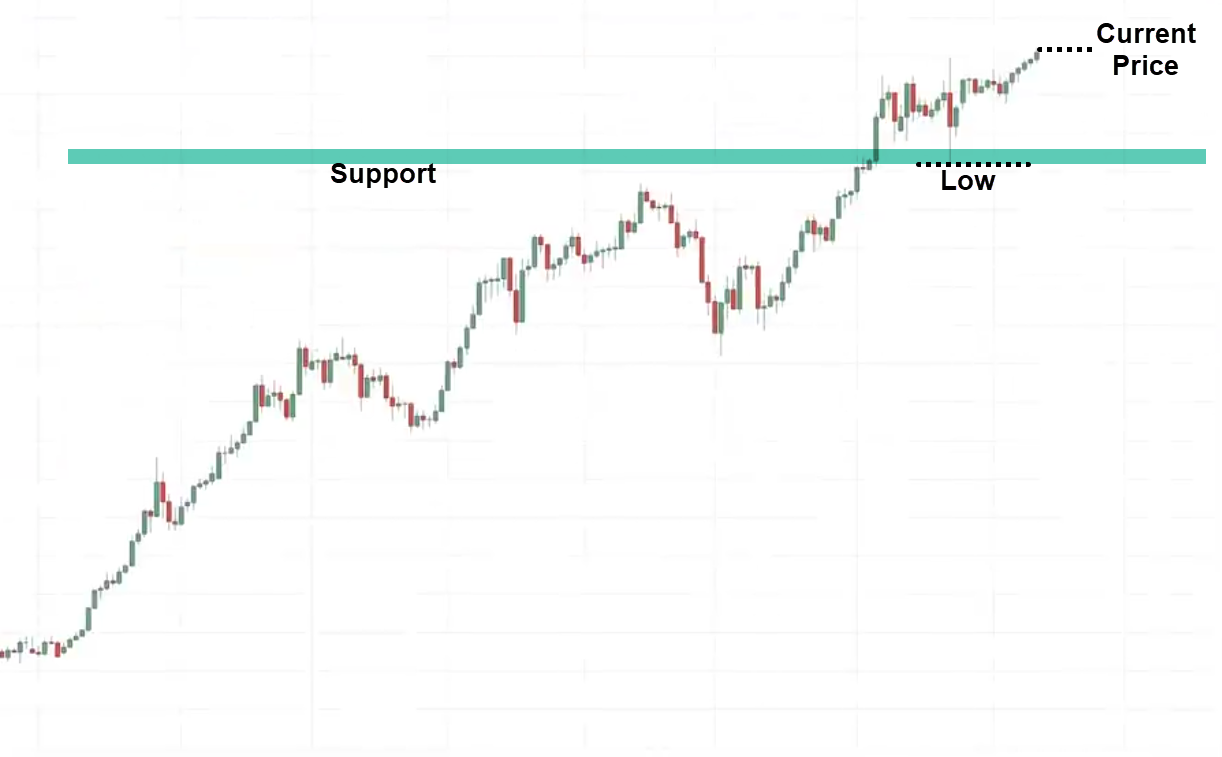
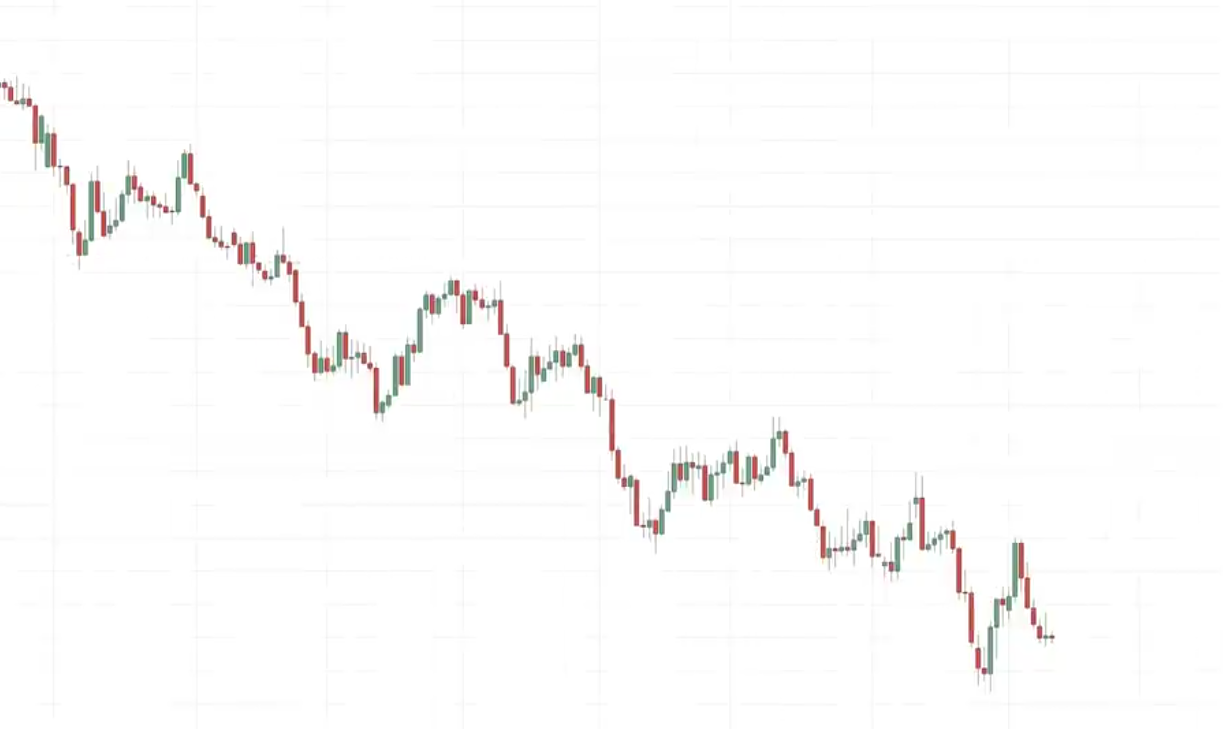
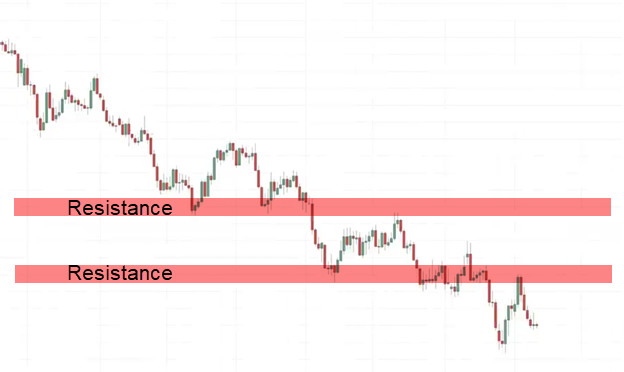
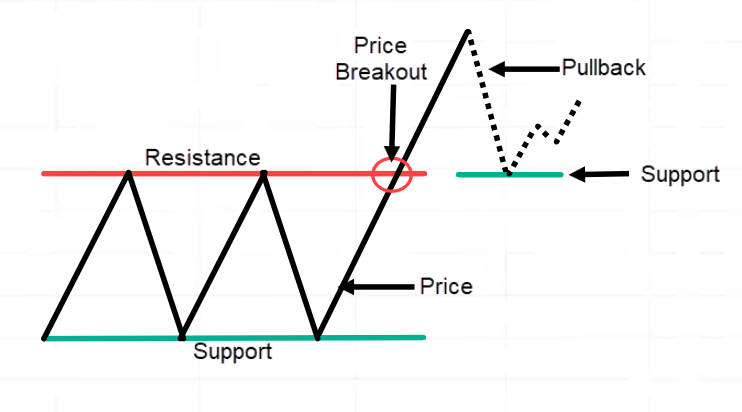
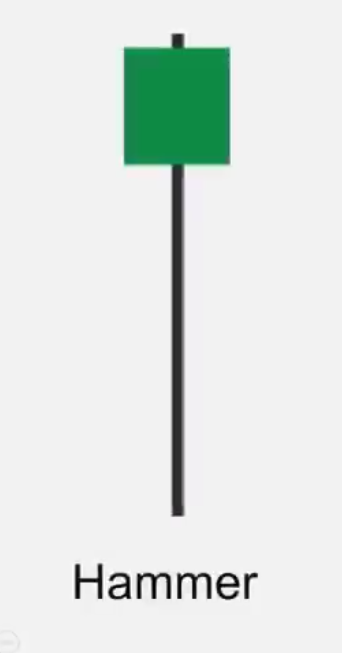
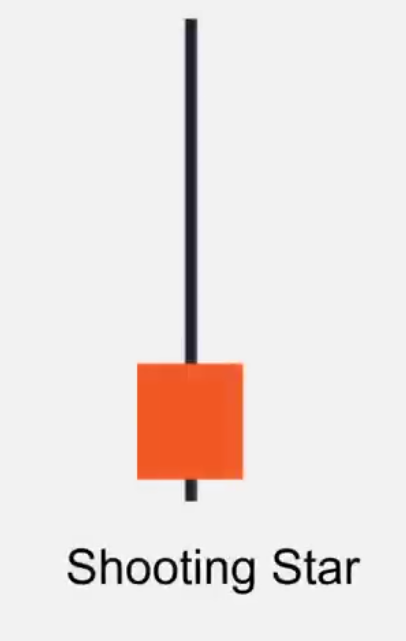
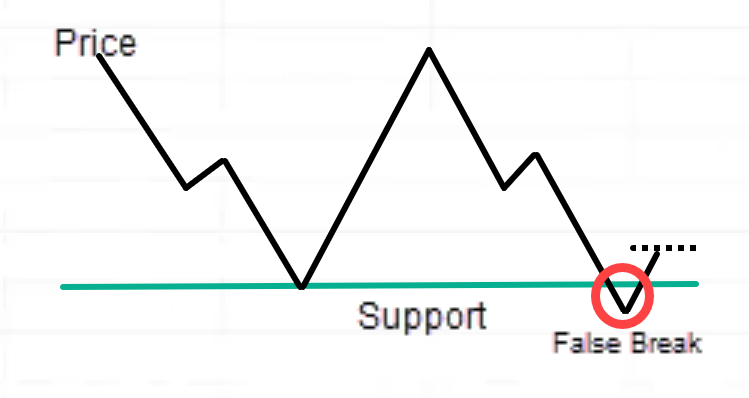
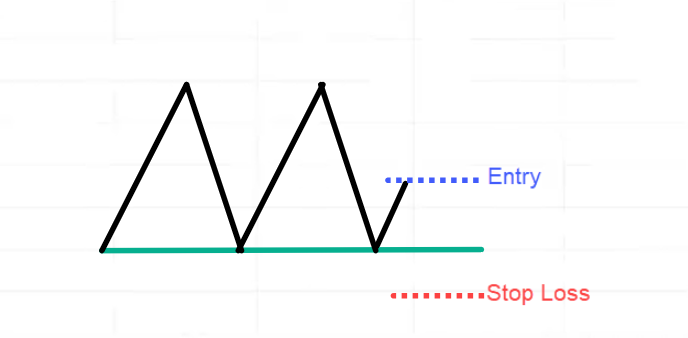
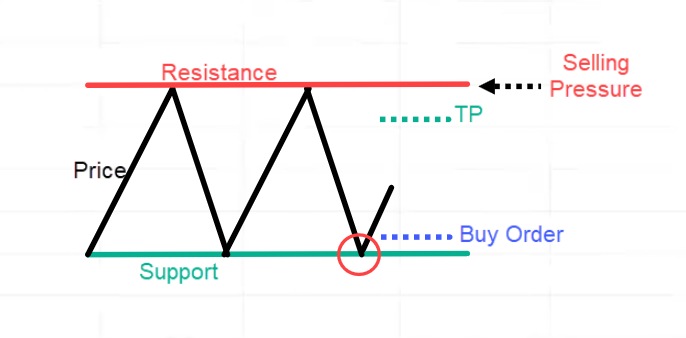
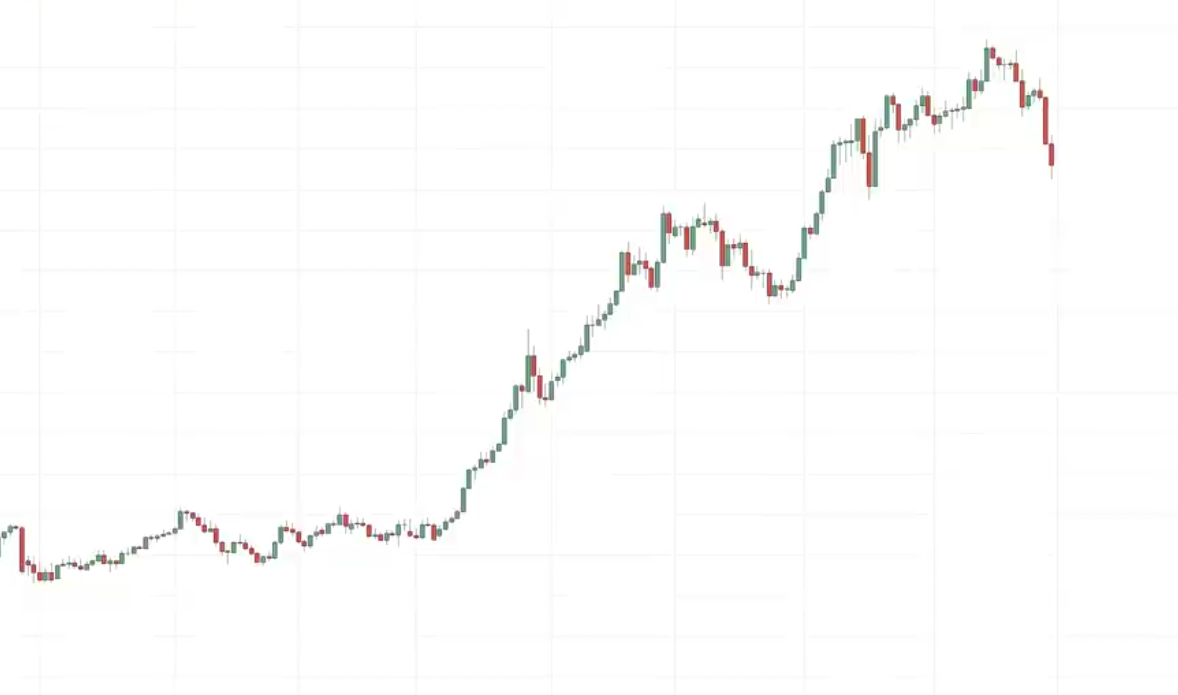
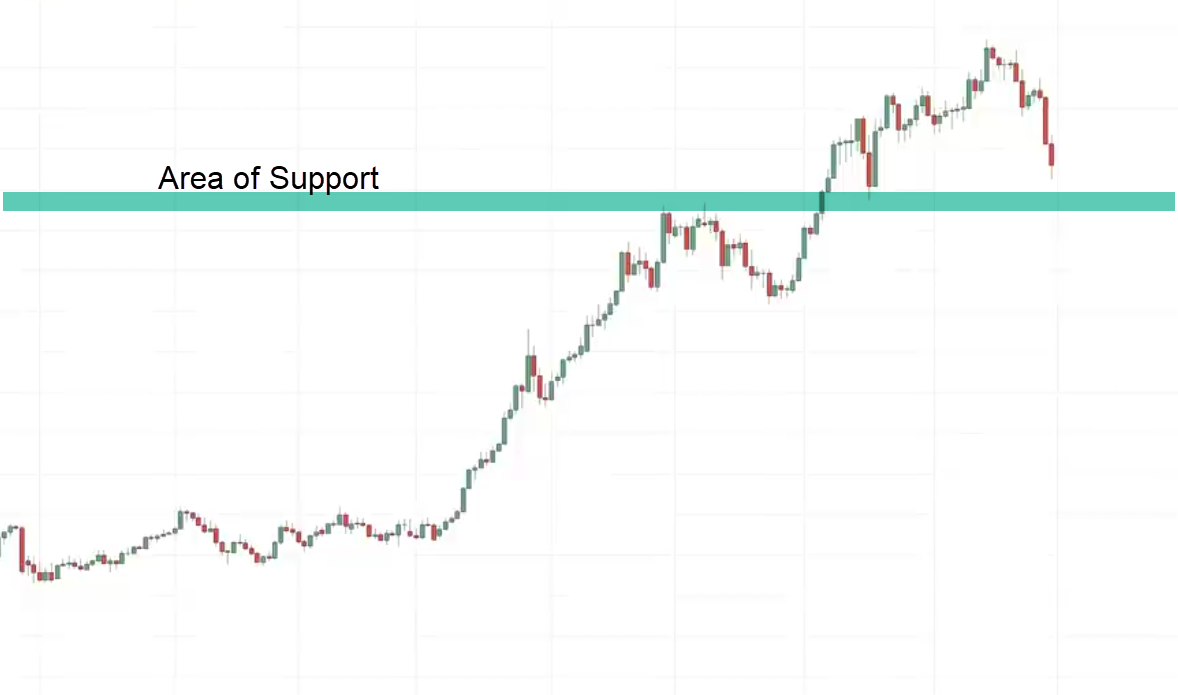
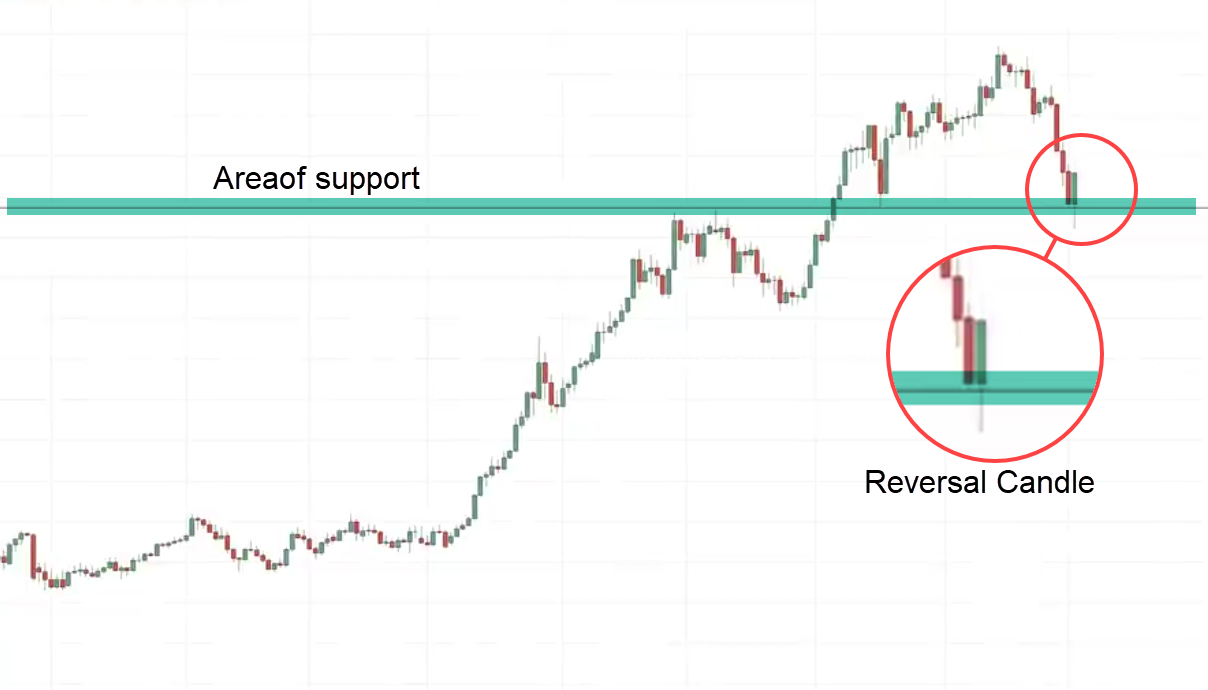
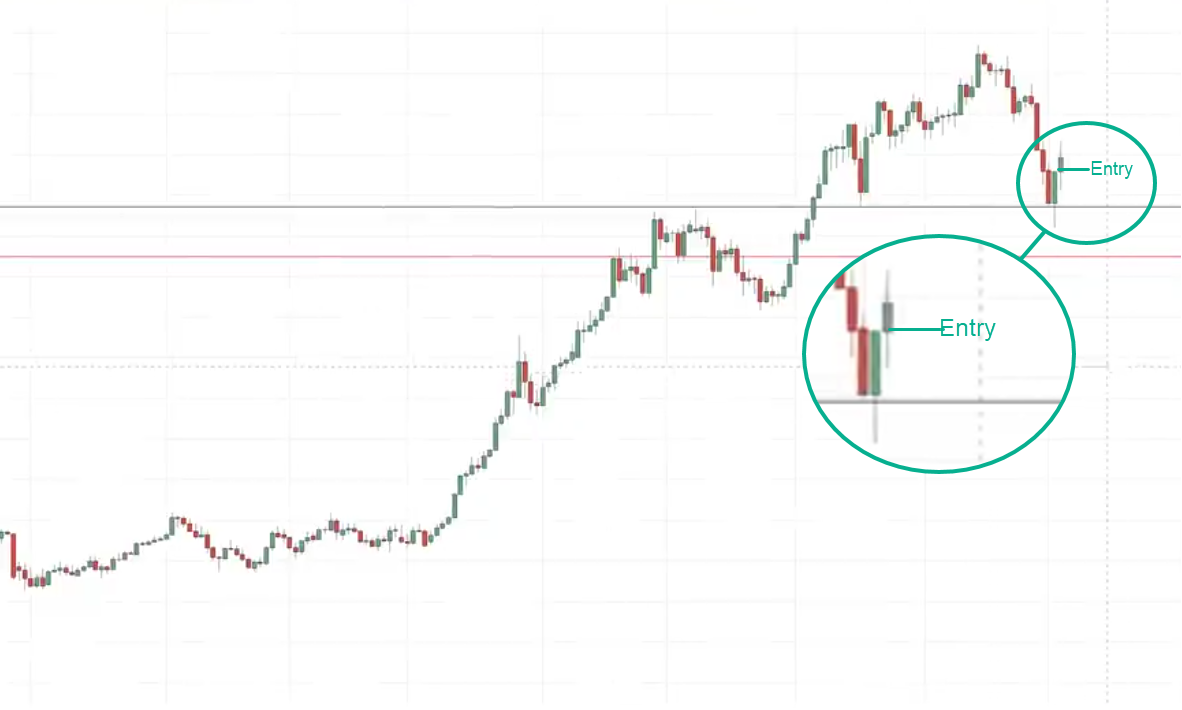
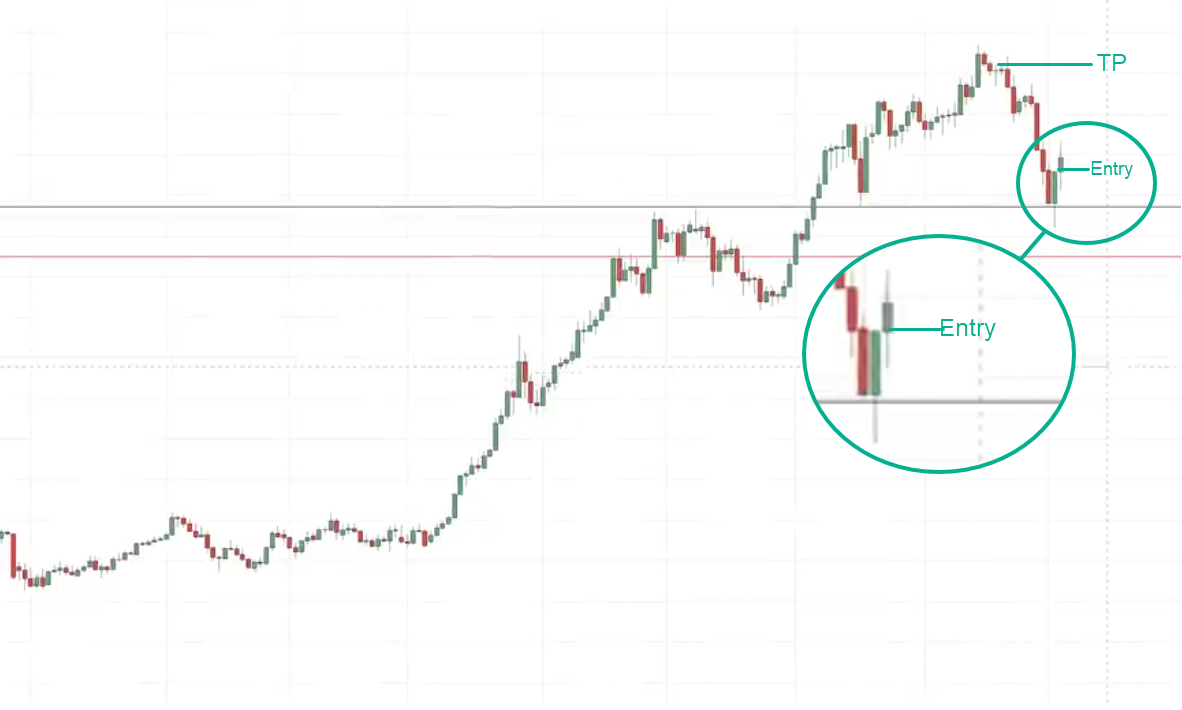
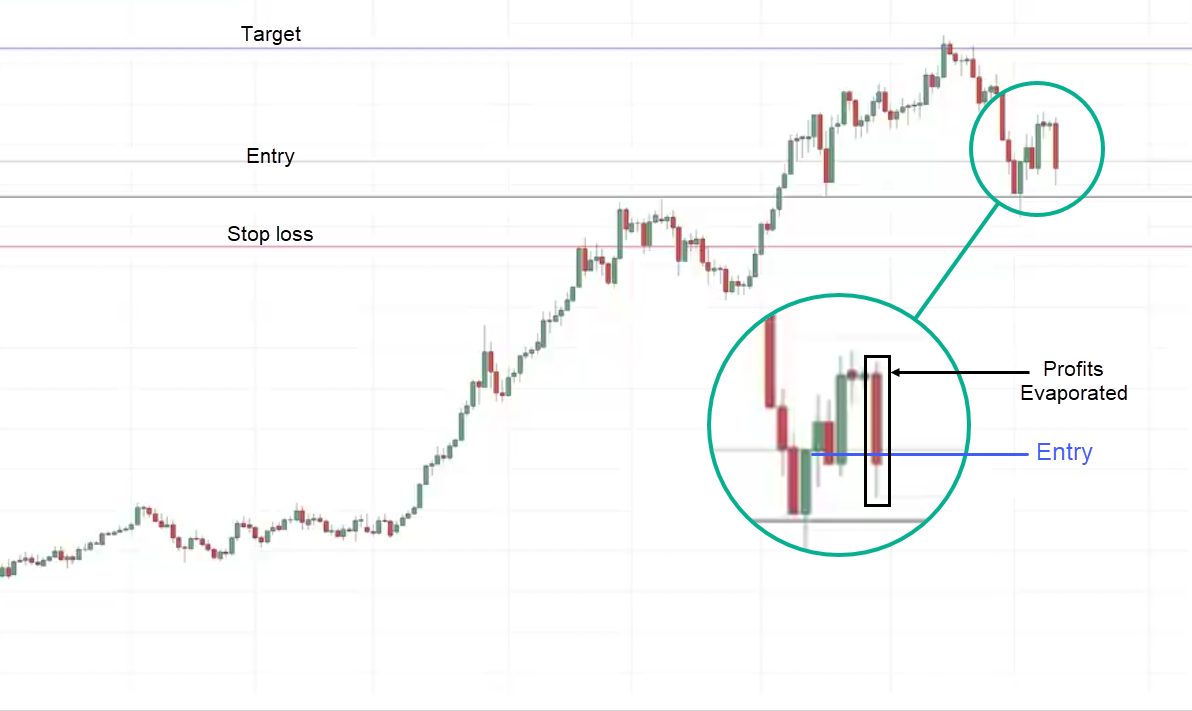
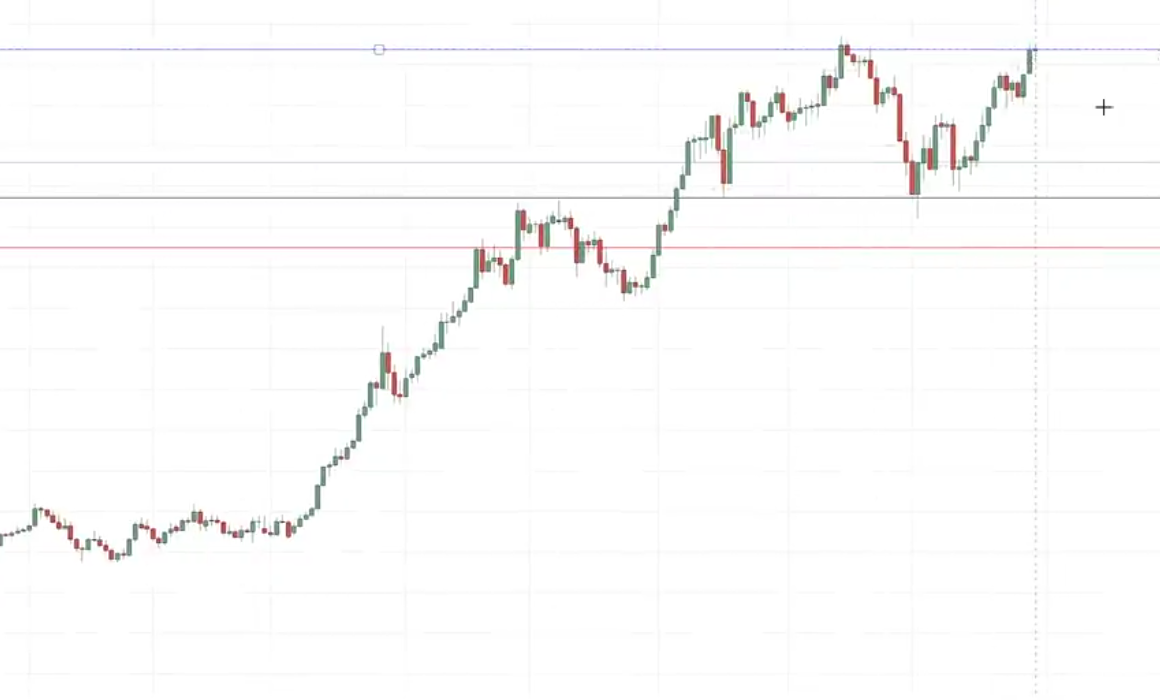
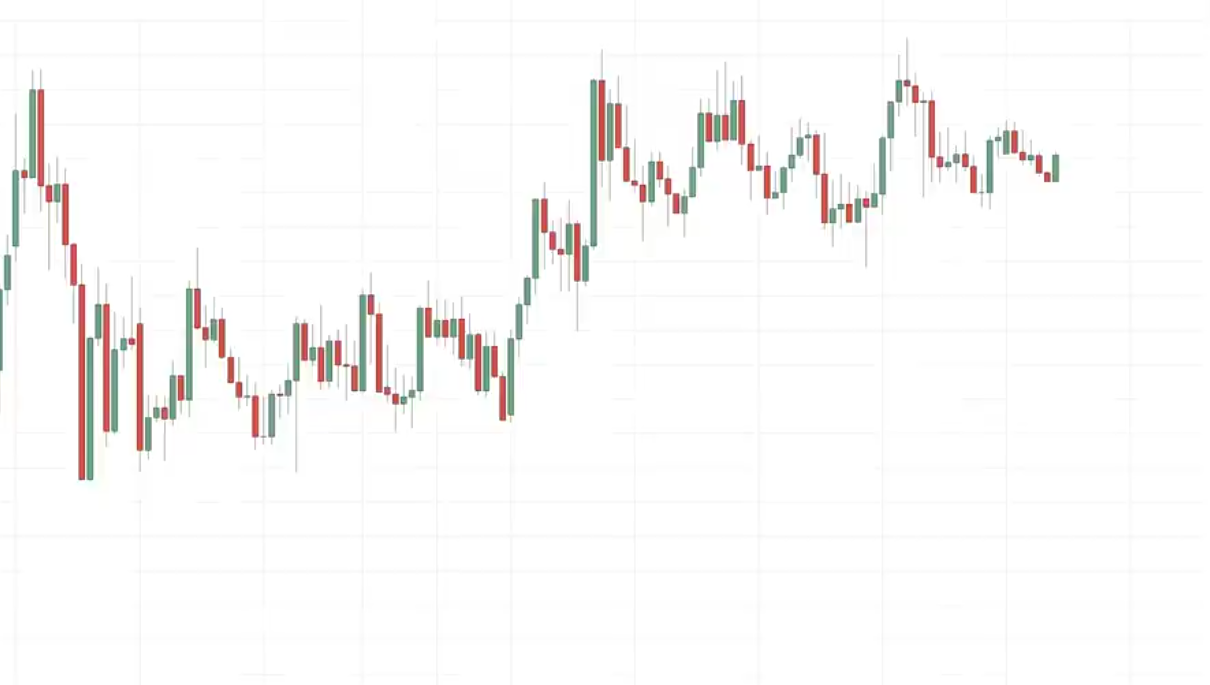
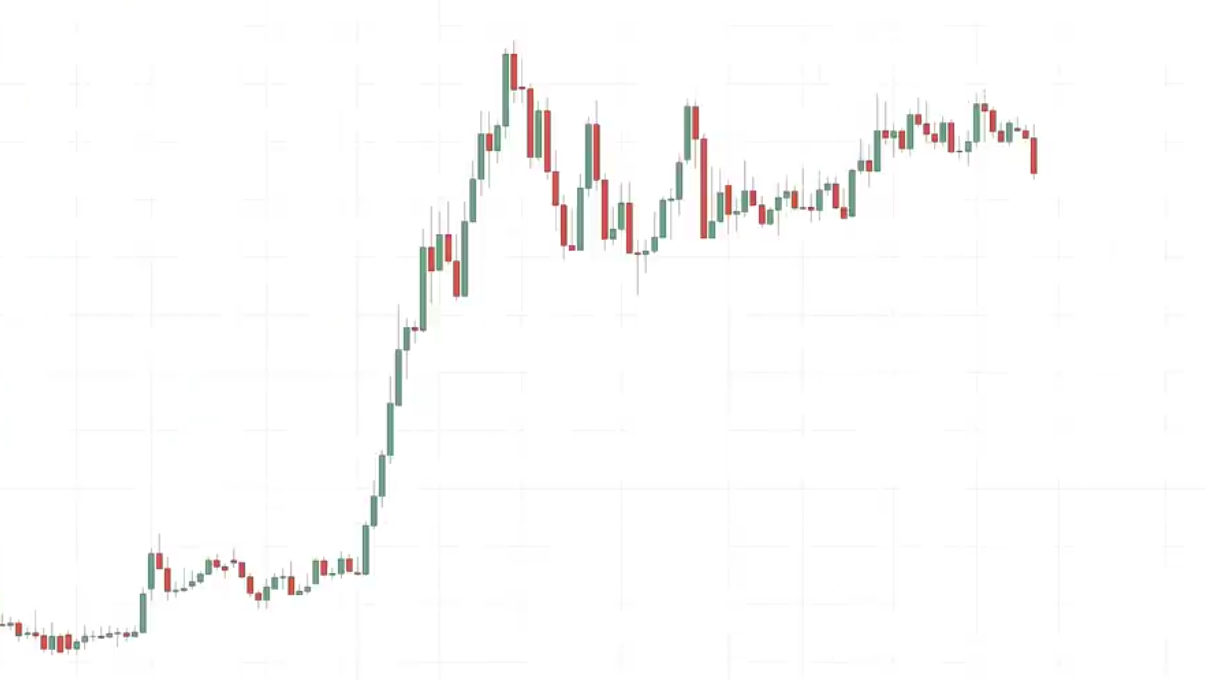
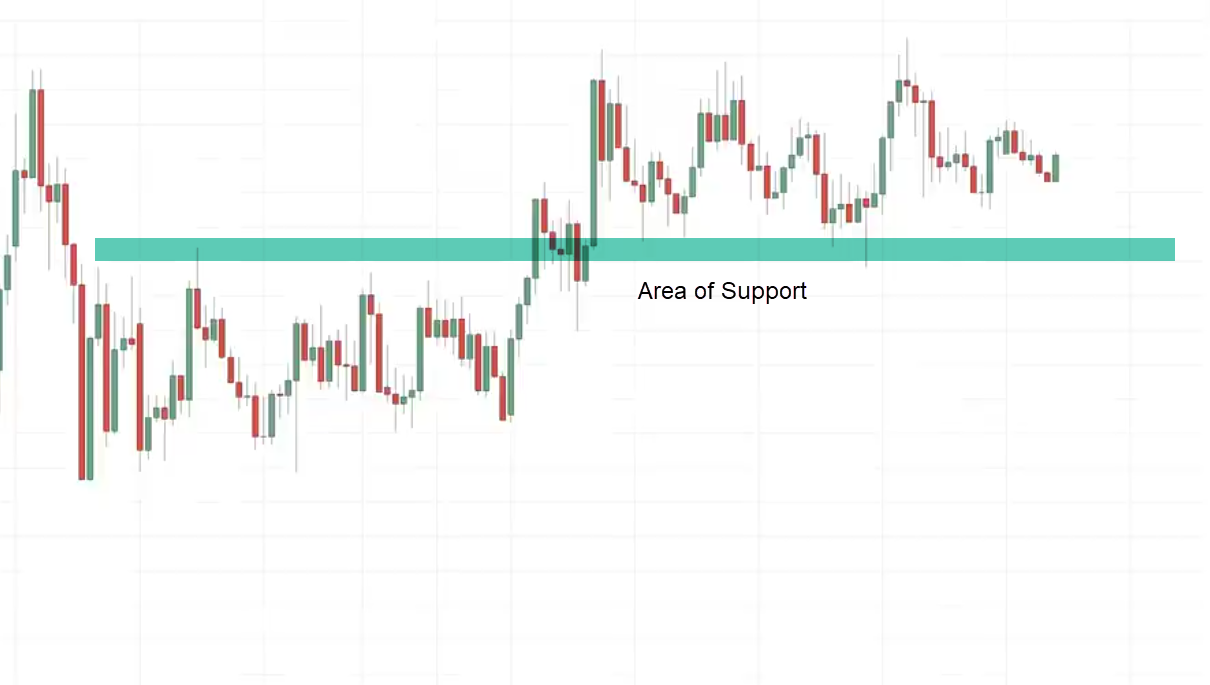
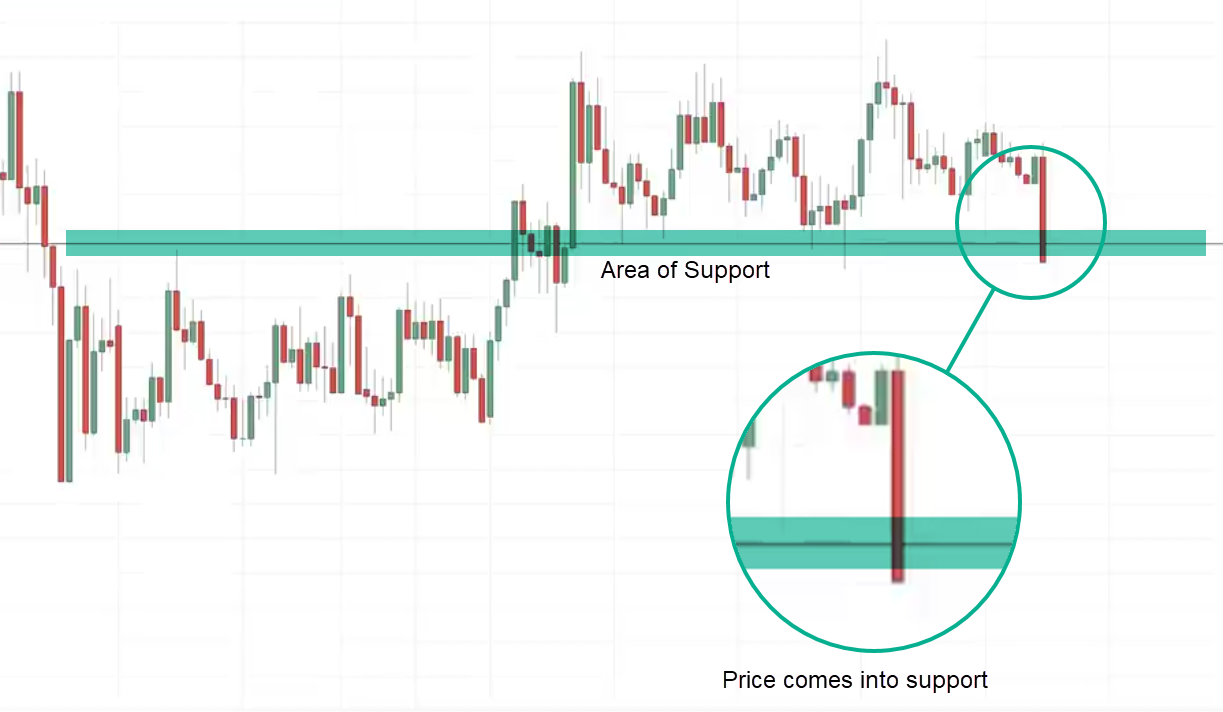
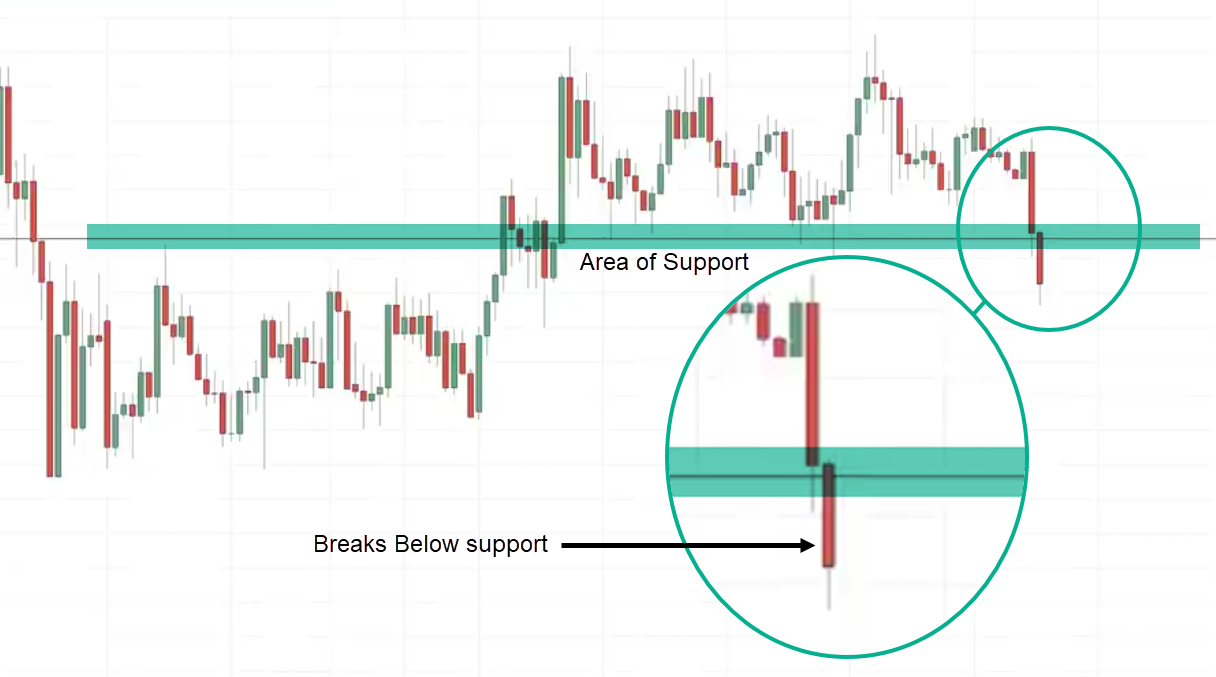
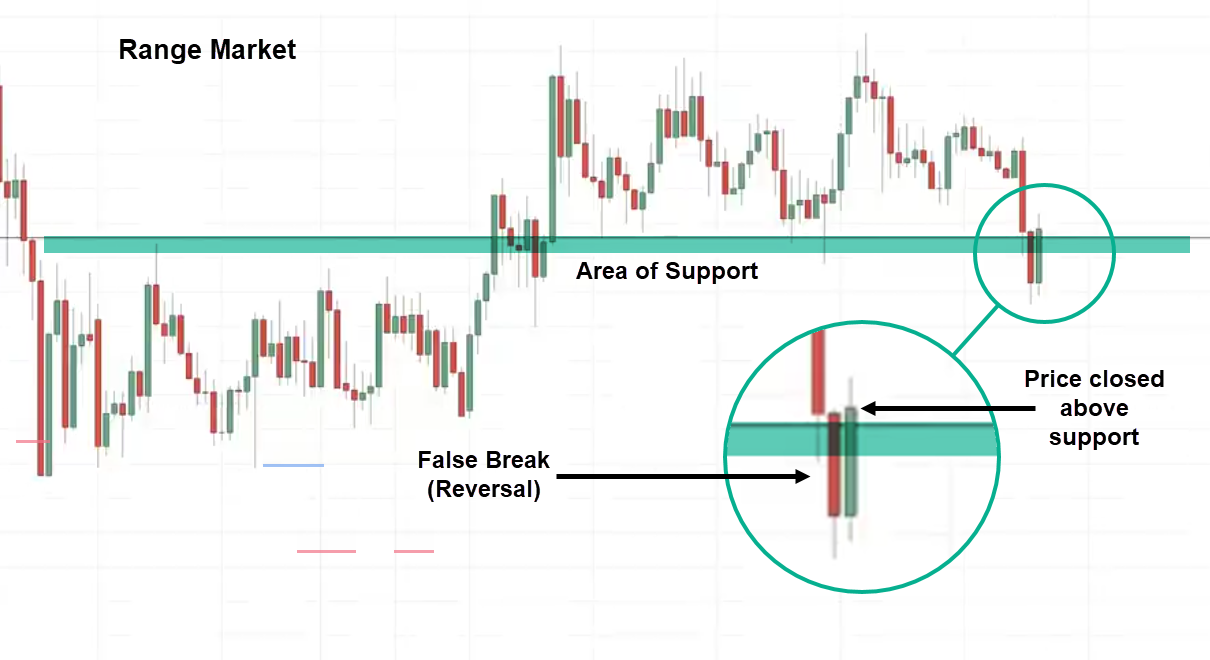
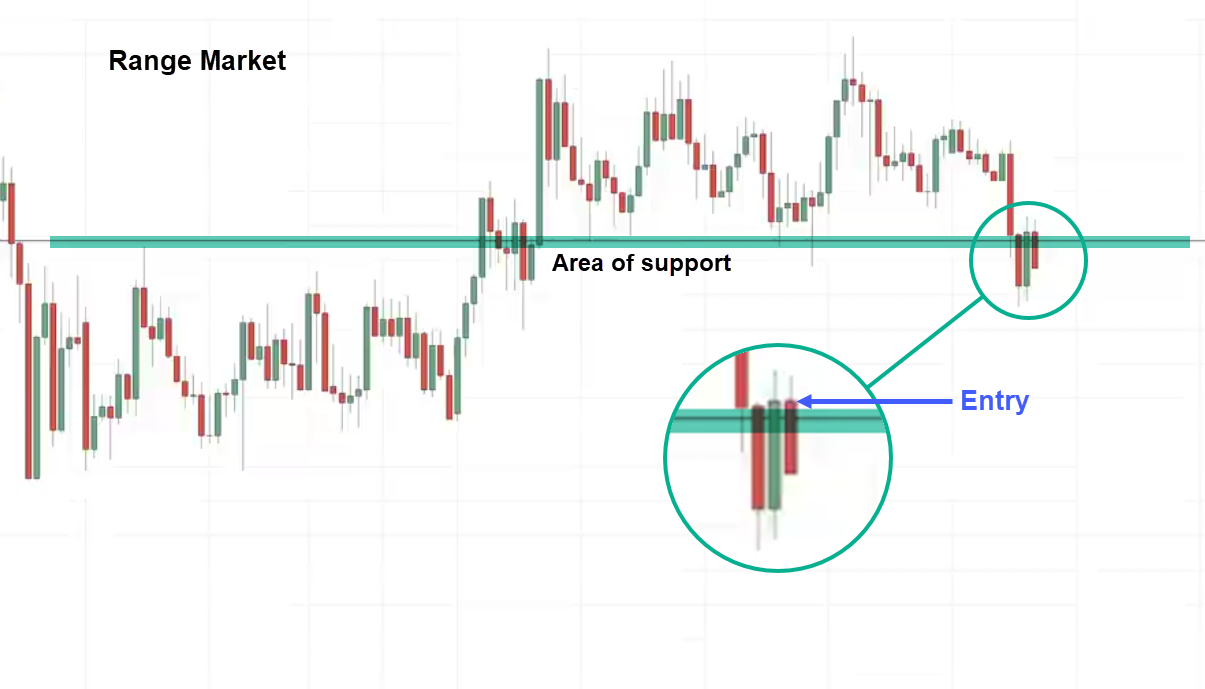
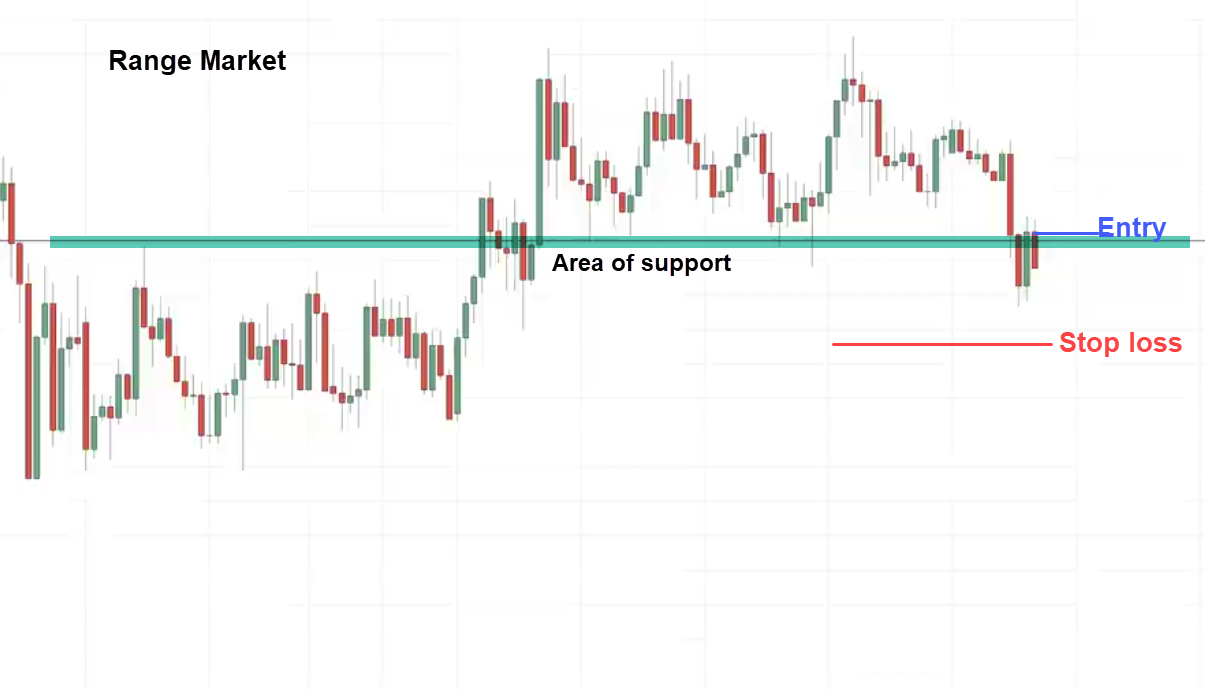
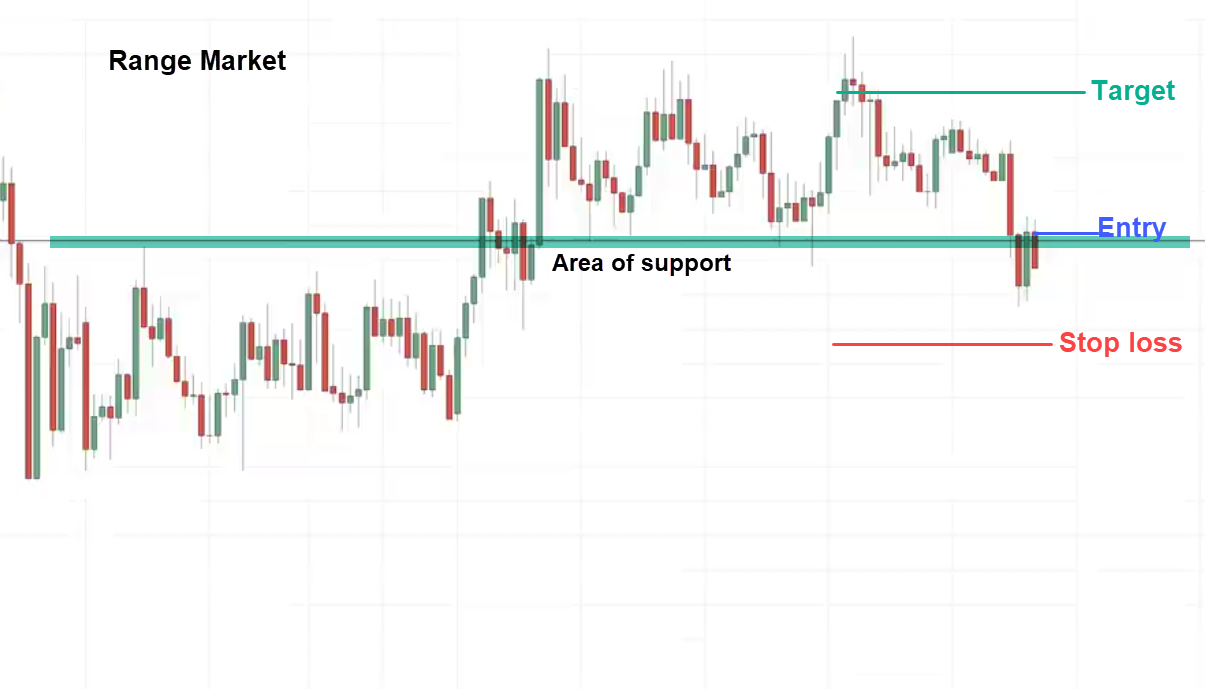
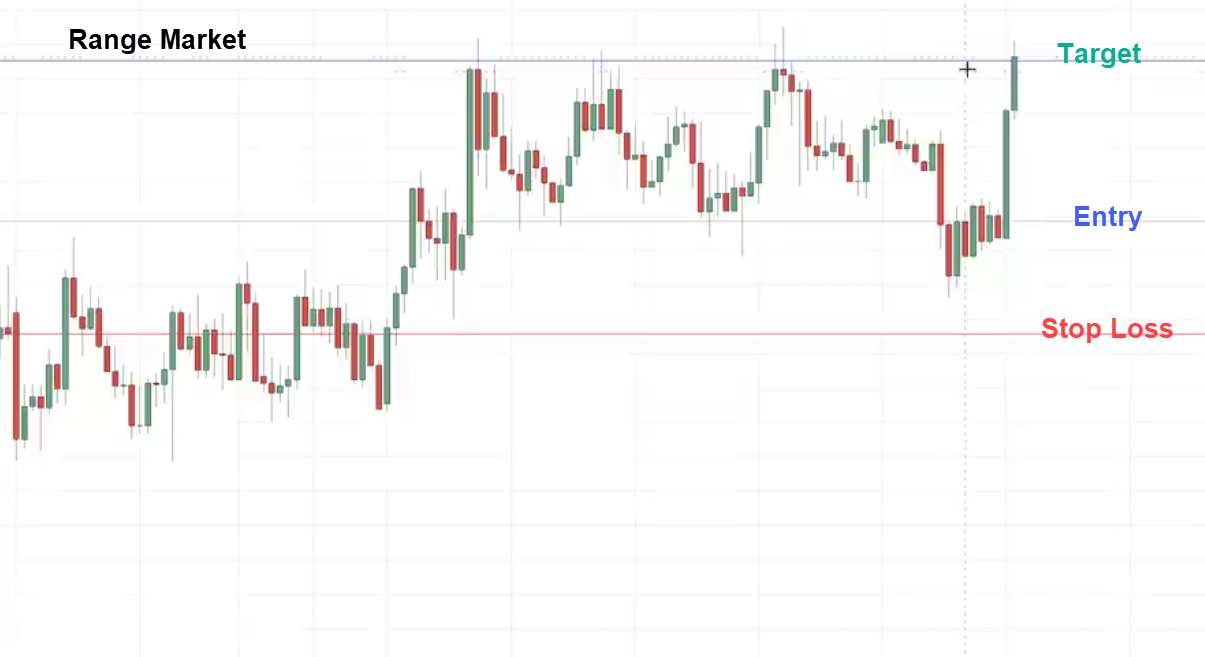
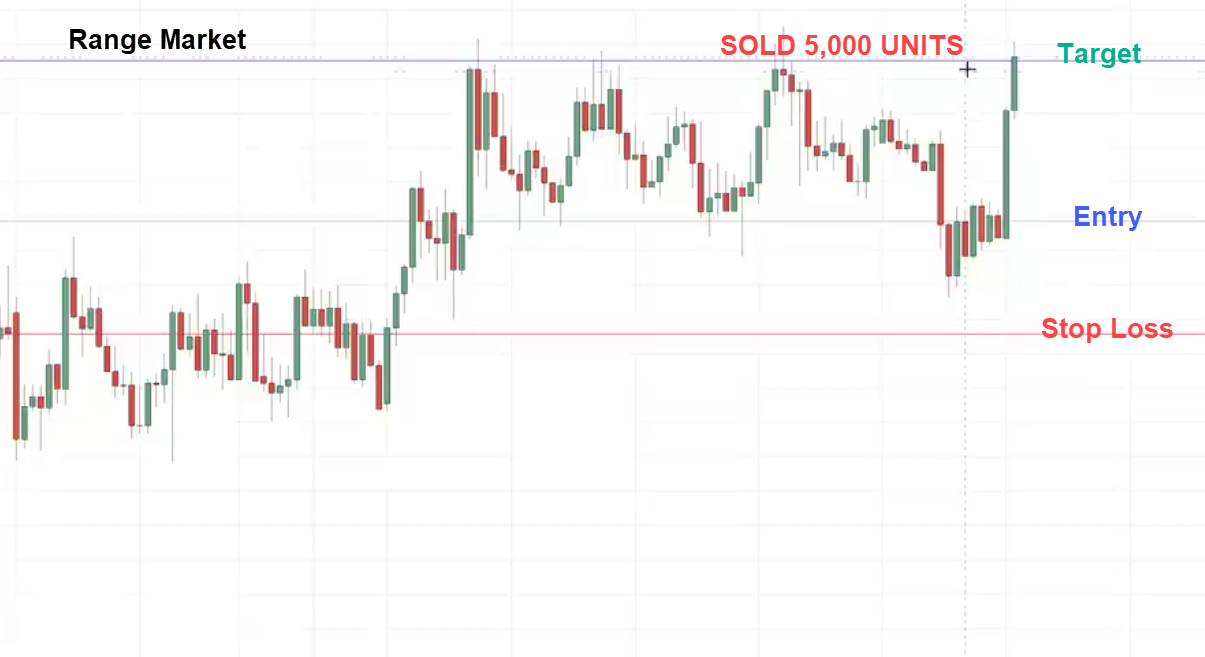
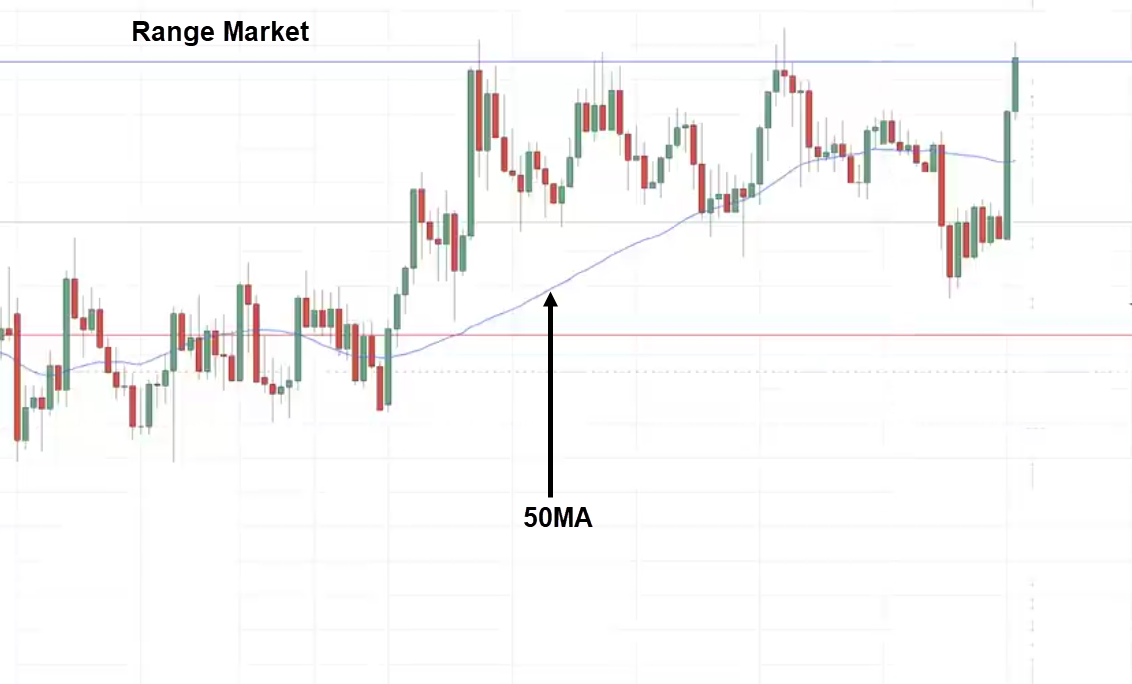
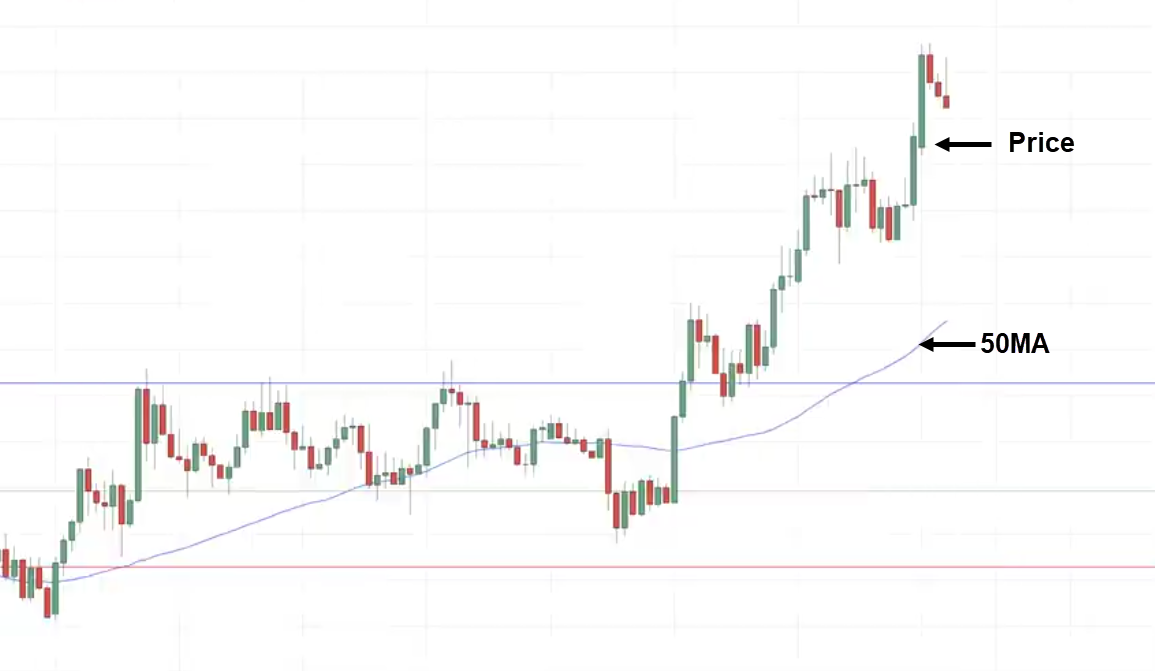
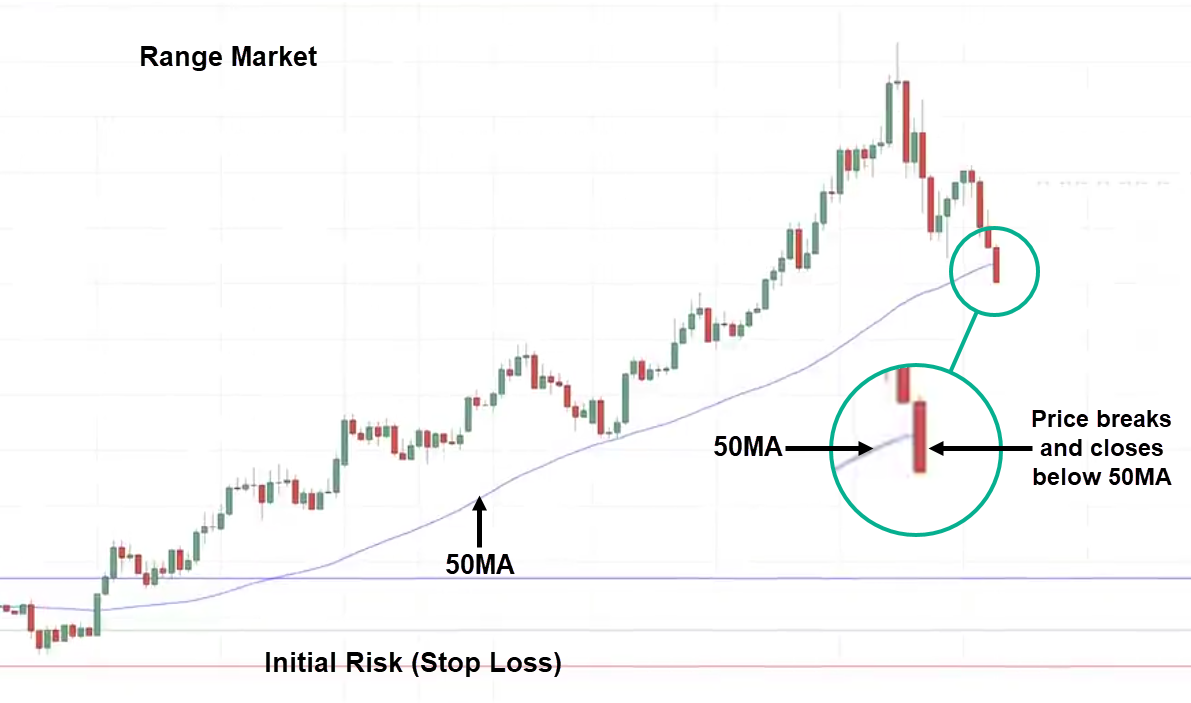
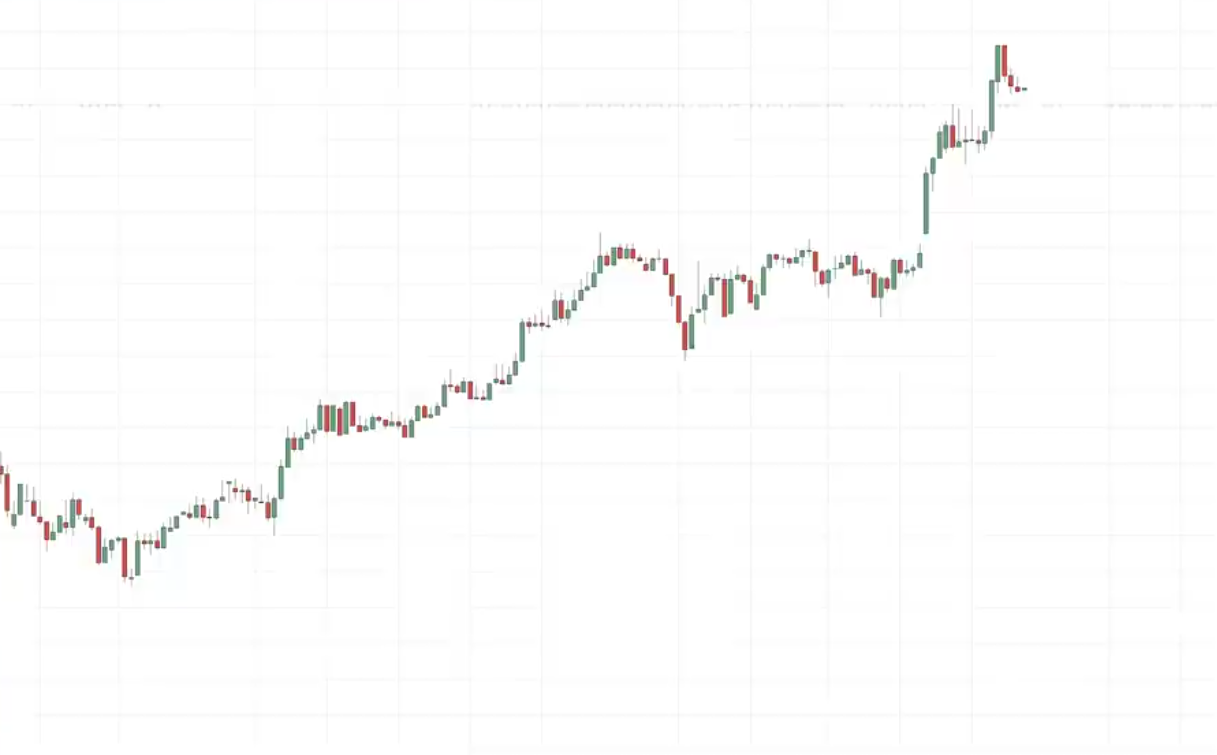
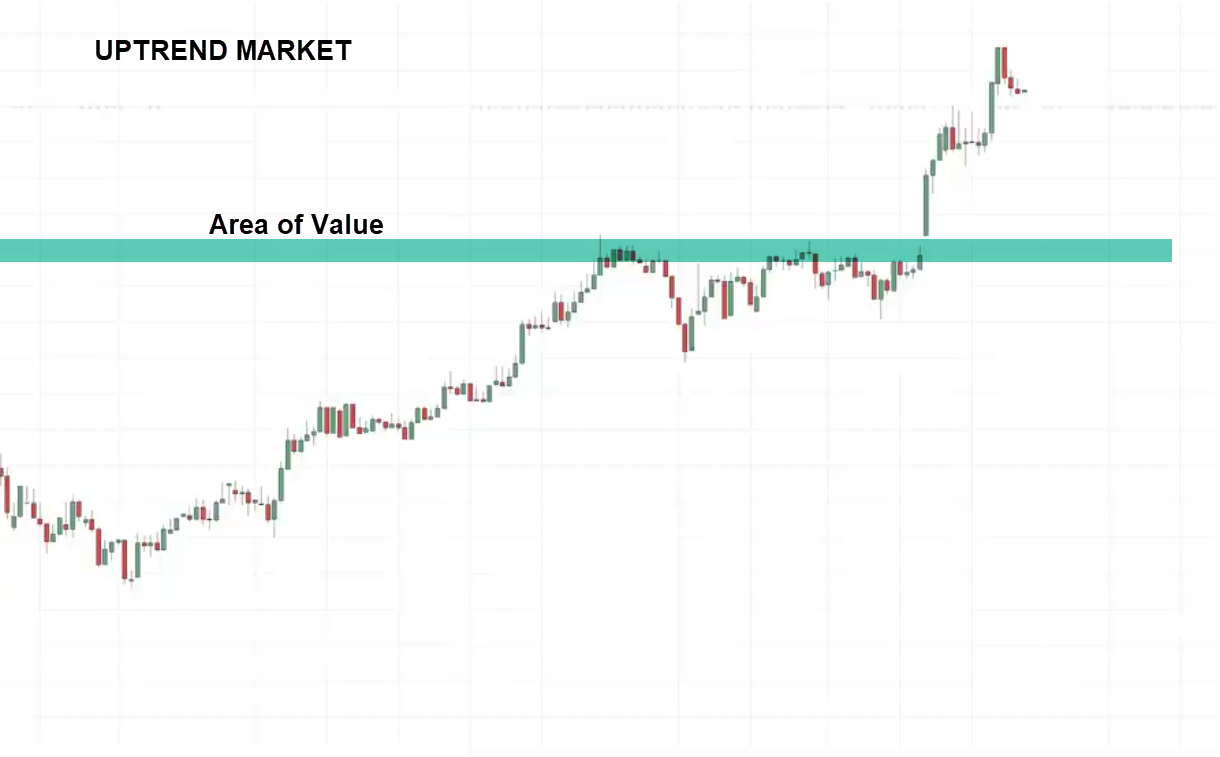
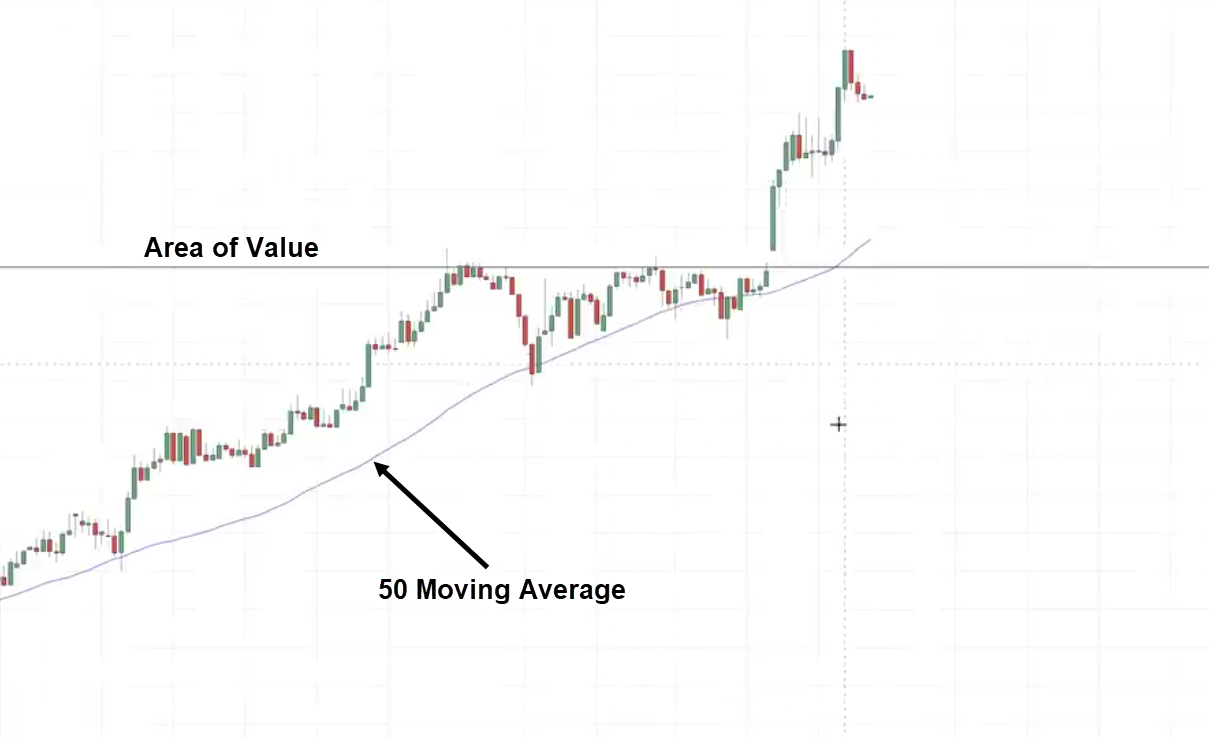
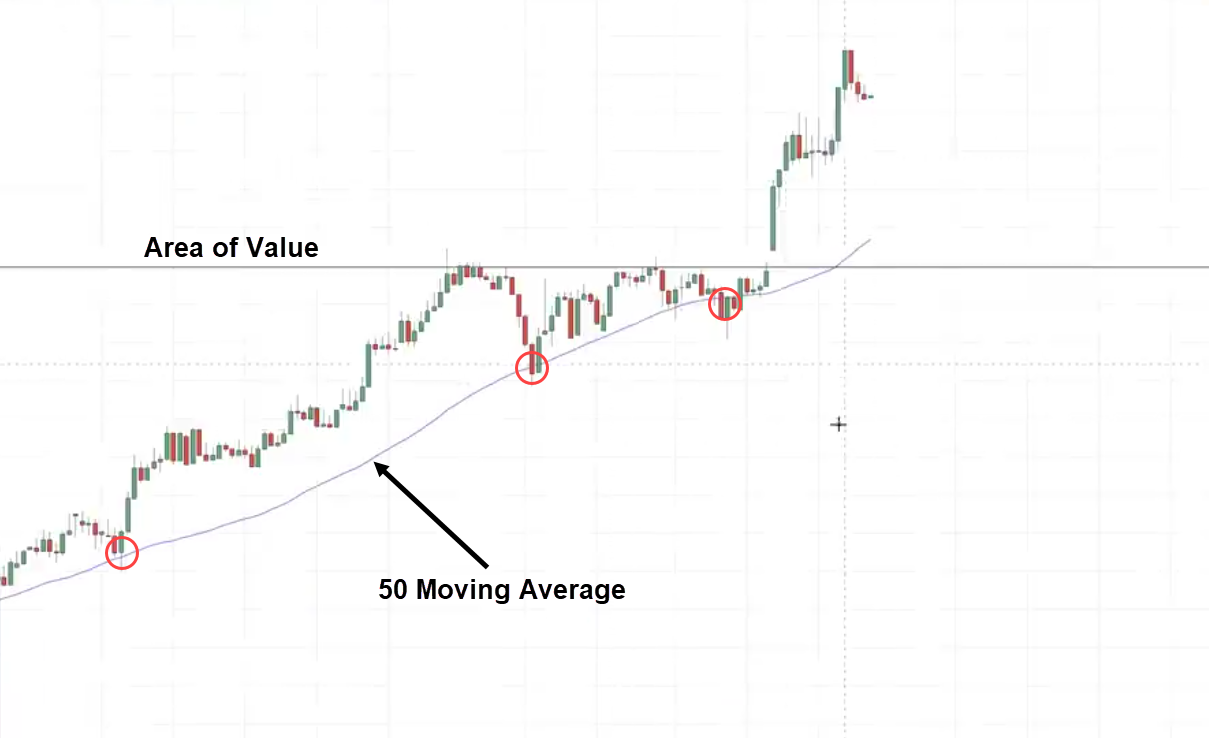
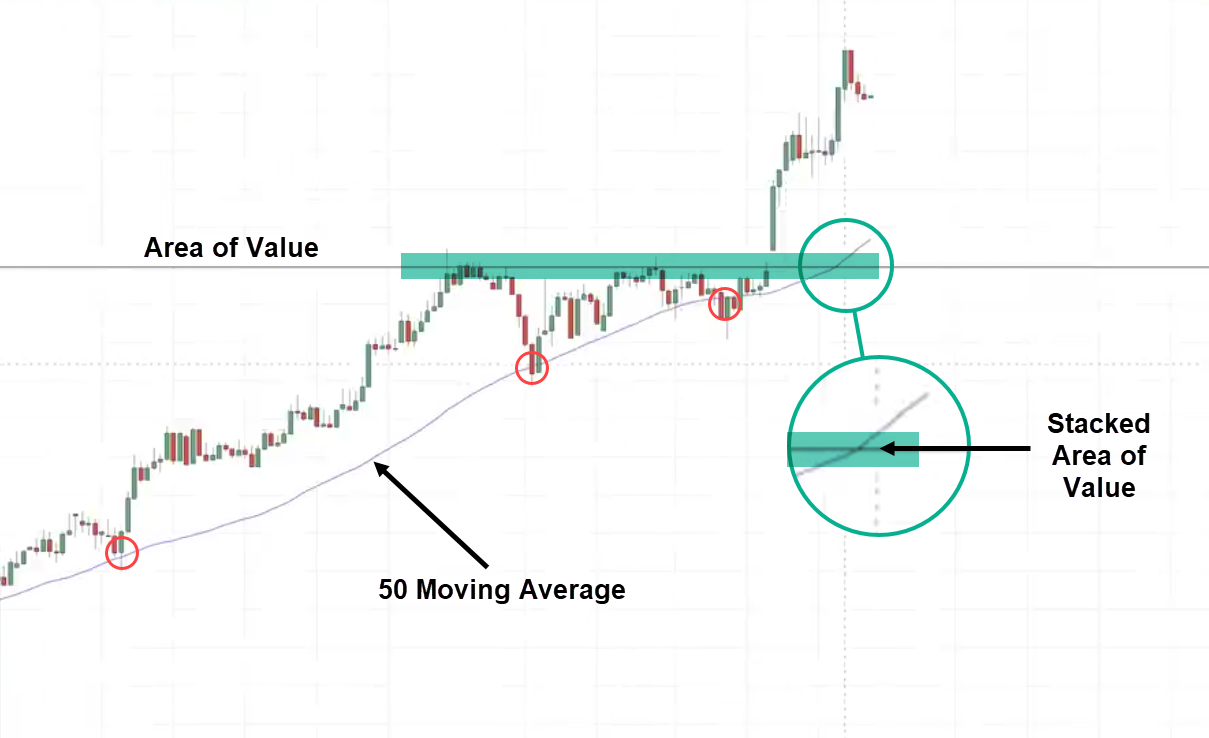
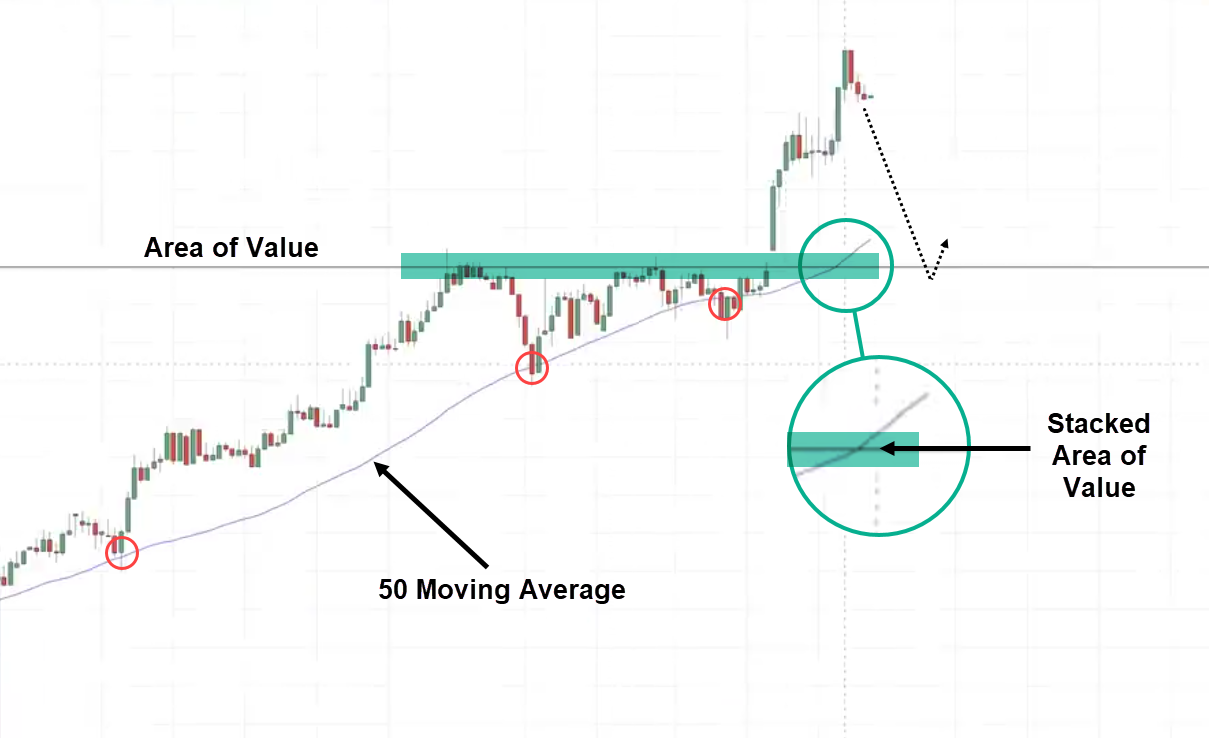
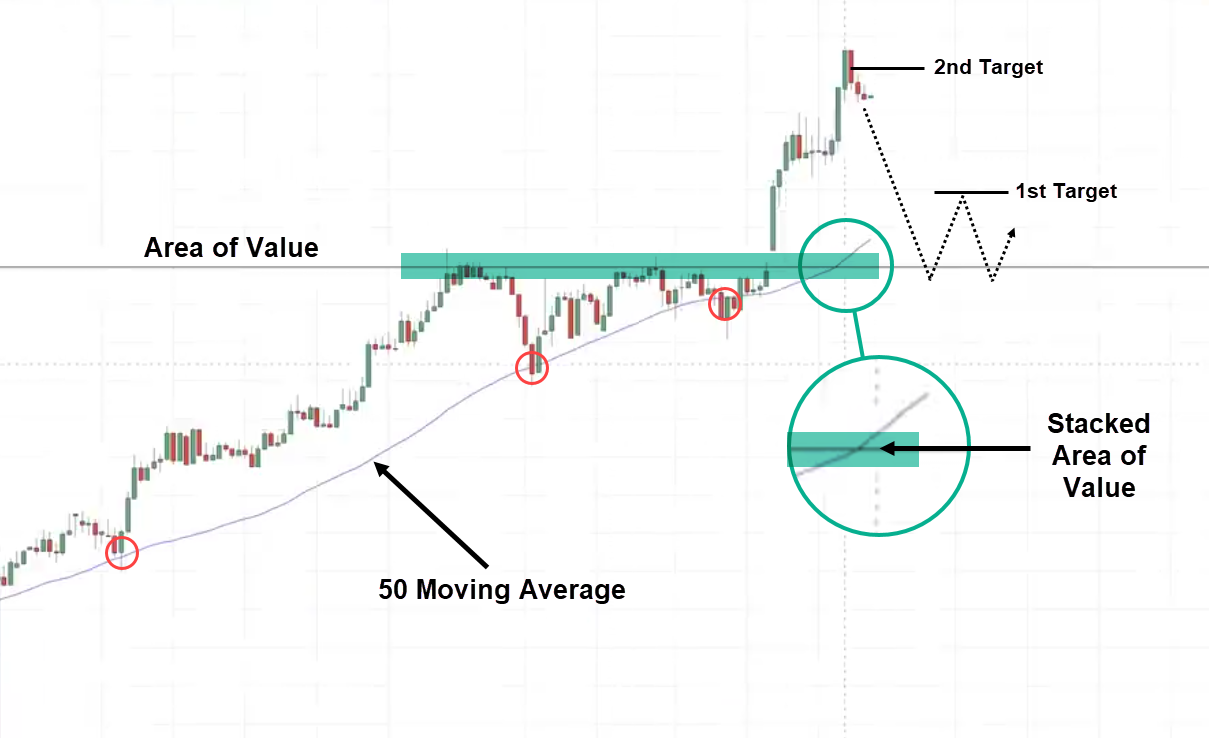
Full package
Yes, Habib!
Wow
Hey.
Did not try any of this,will try it,thanks for the info.
Let us know your results but don’t forget to back test it!
Wishing you all the best!